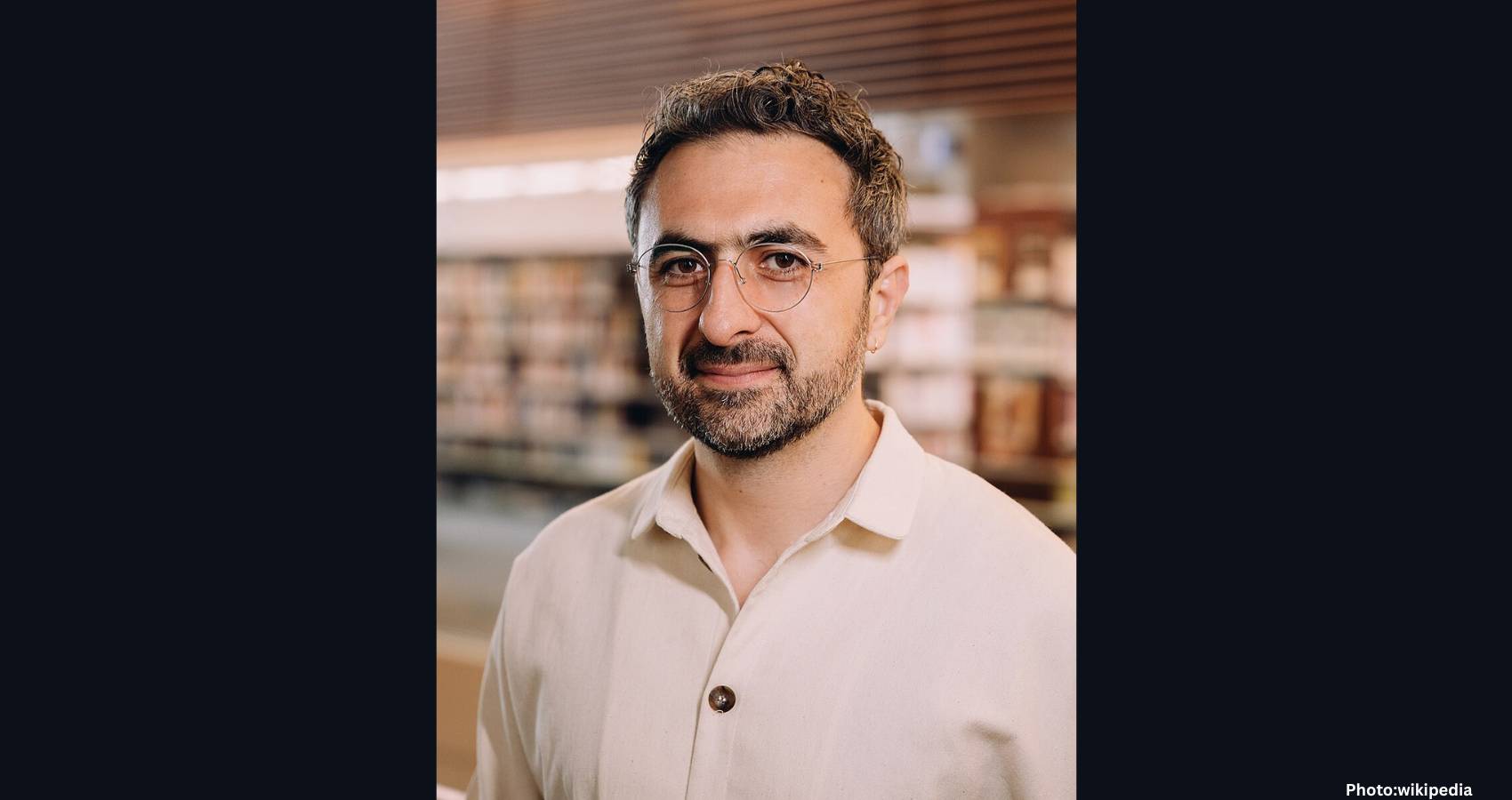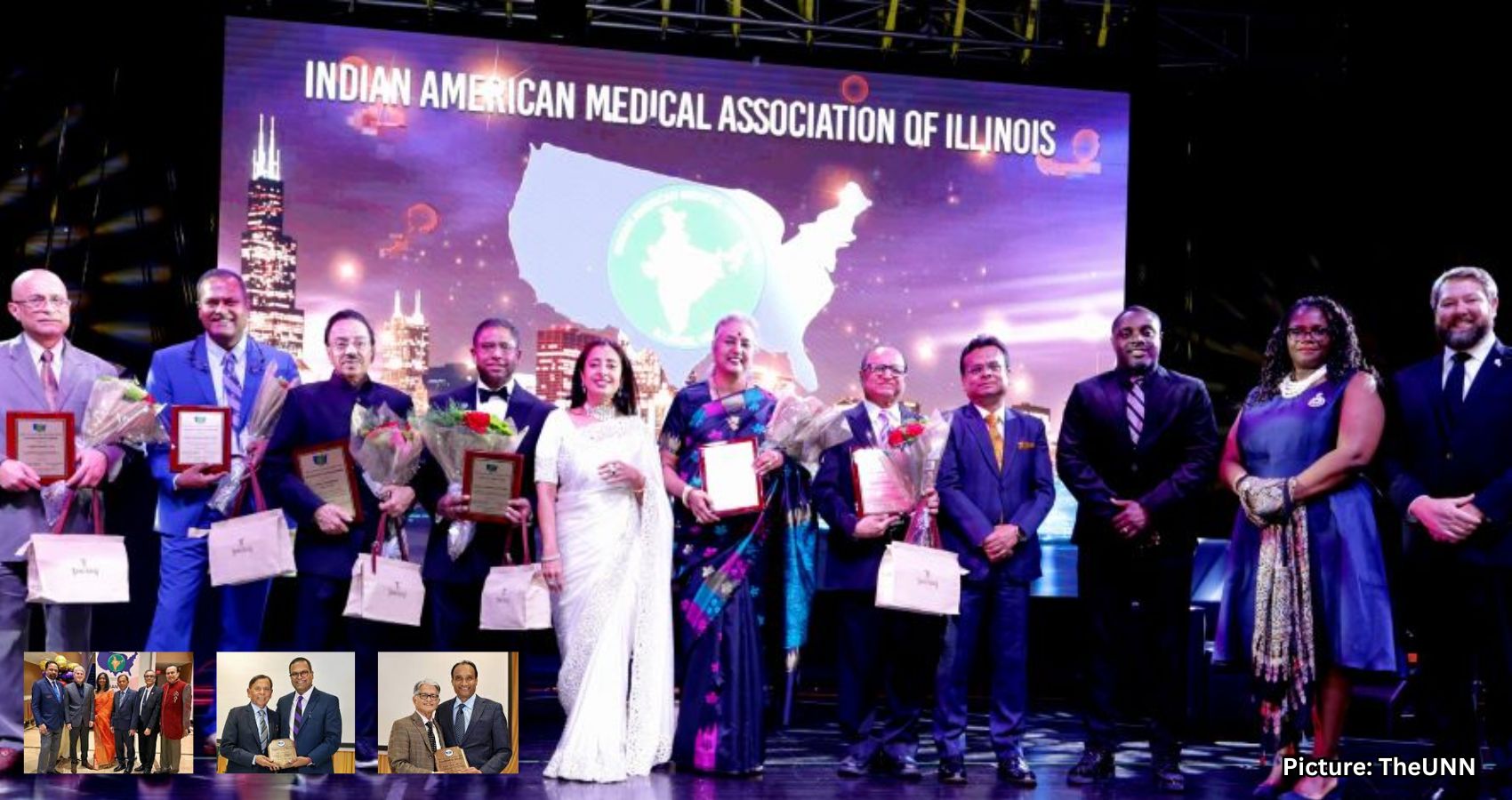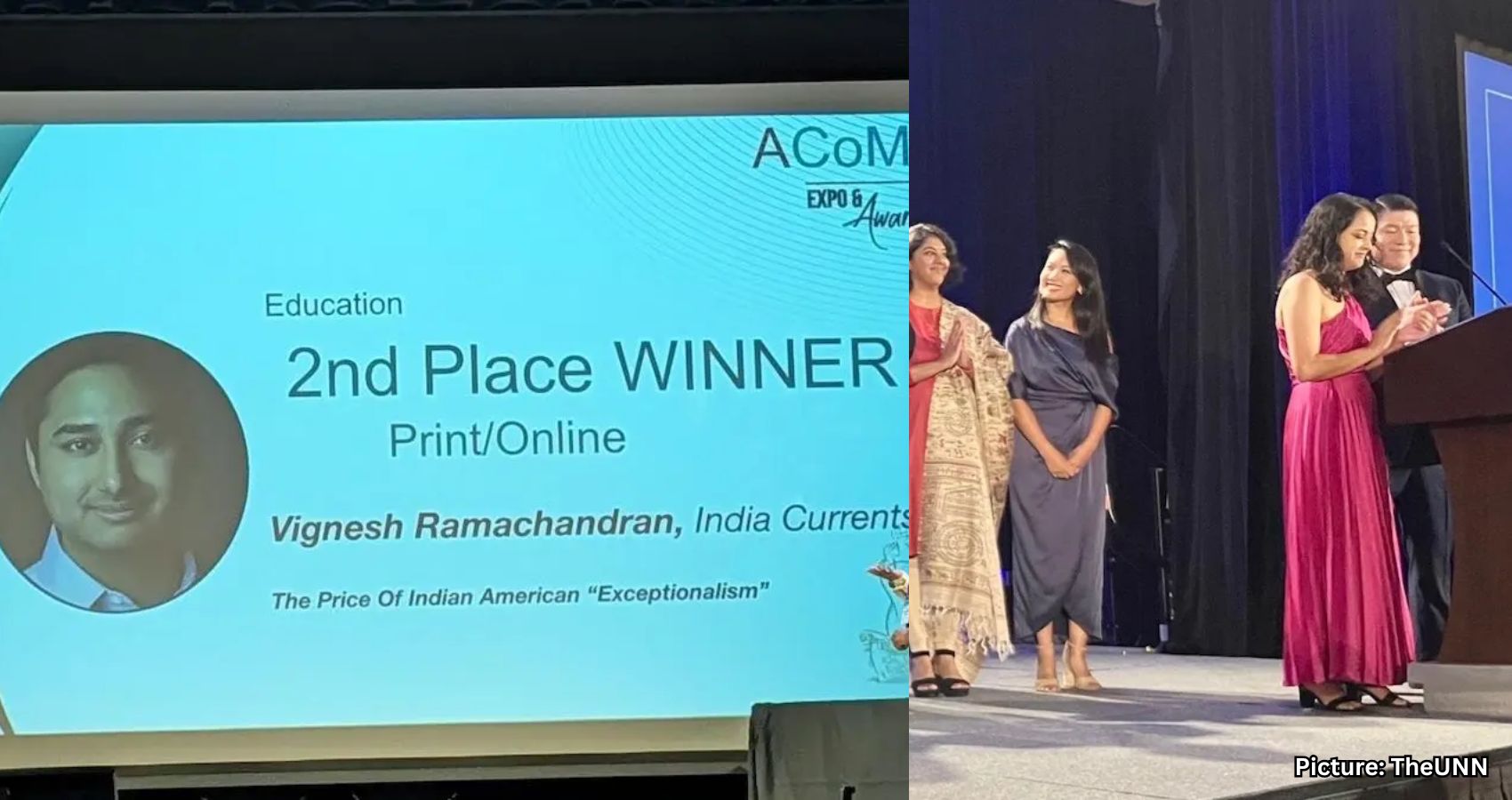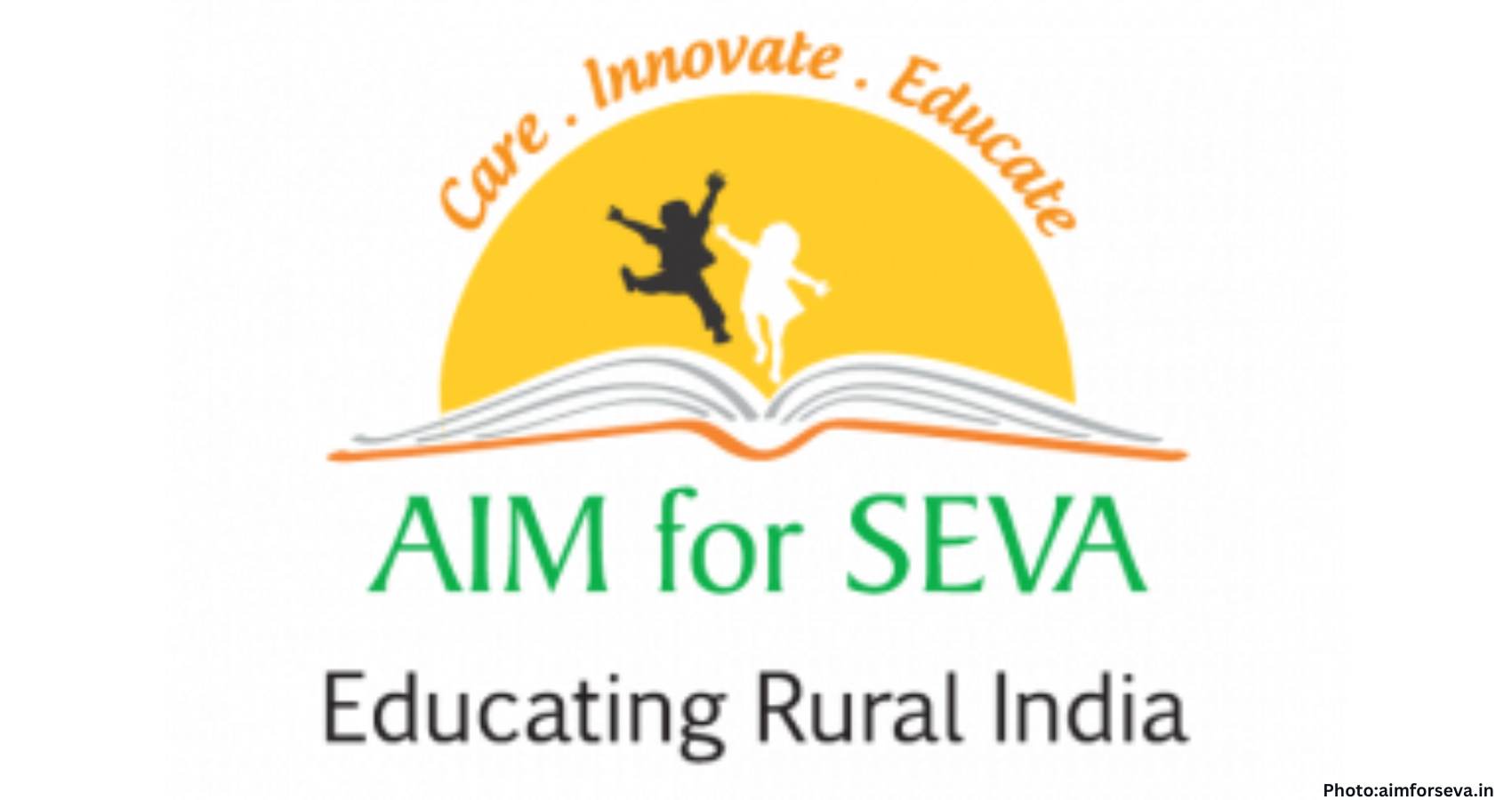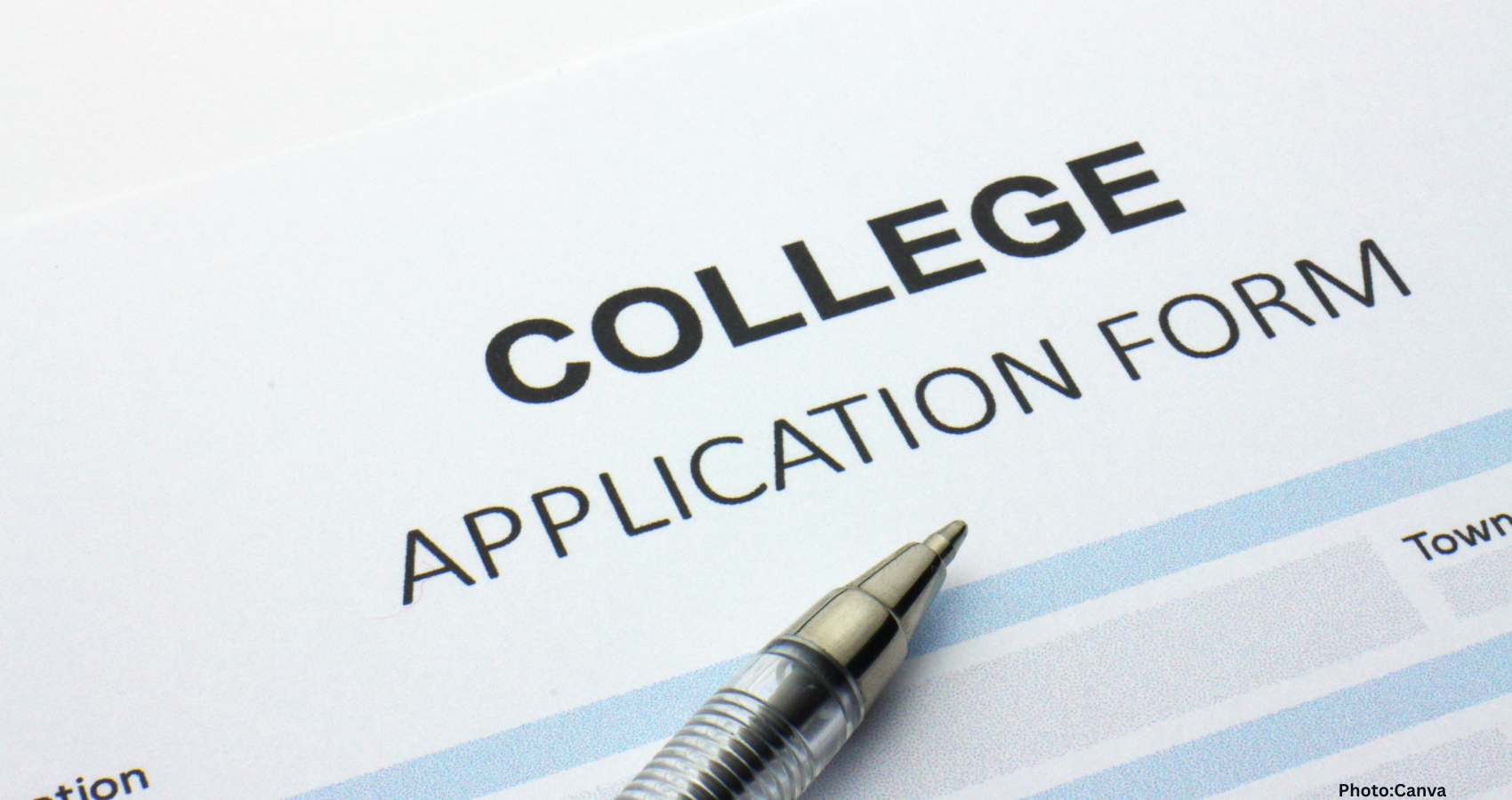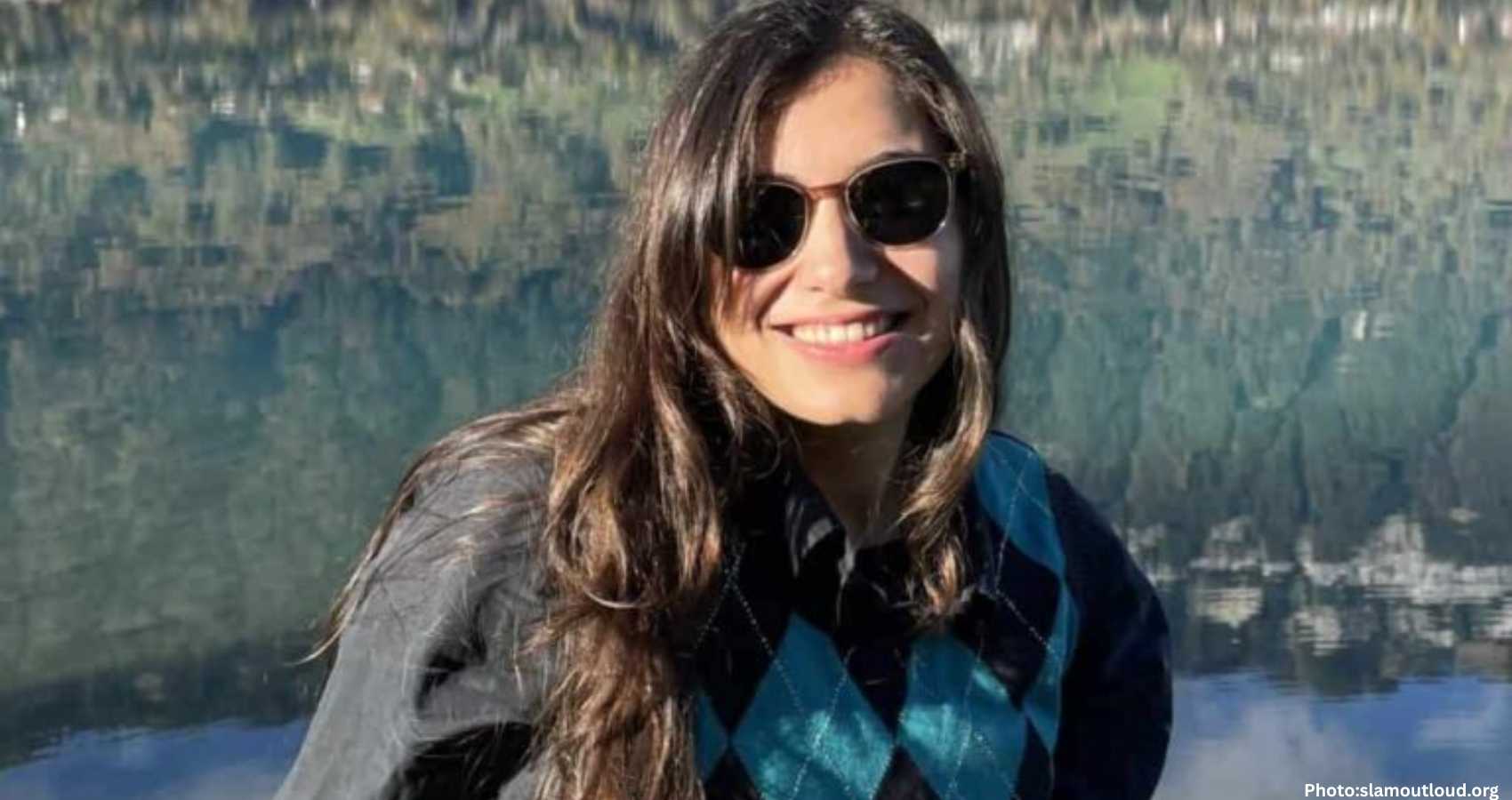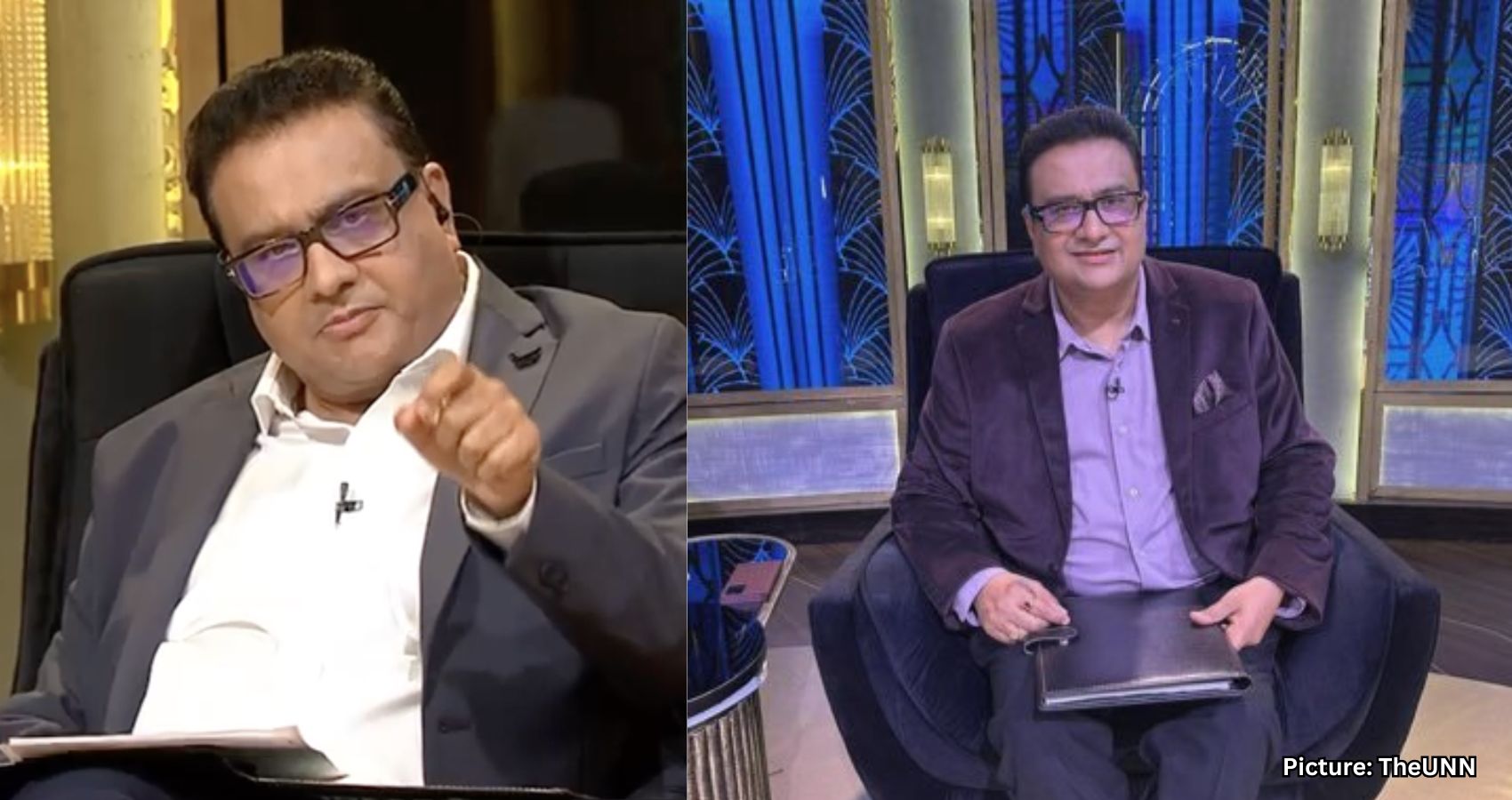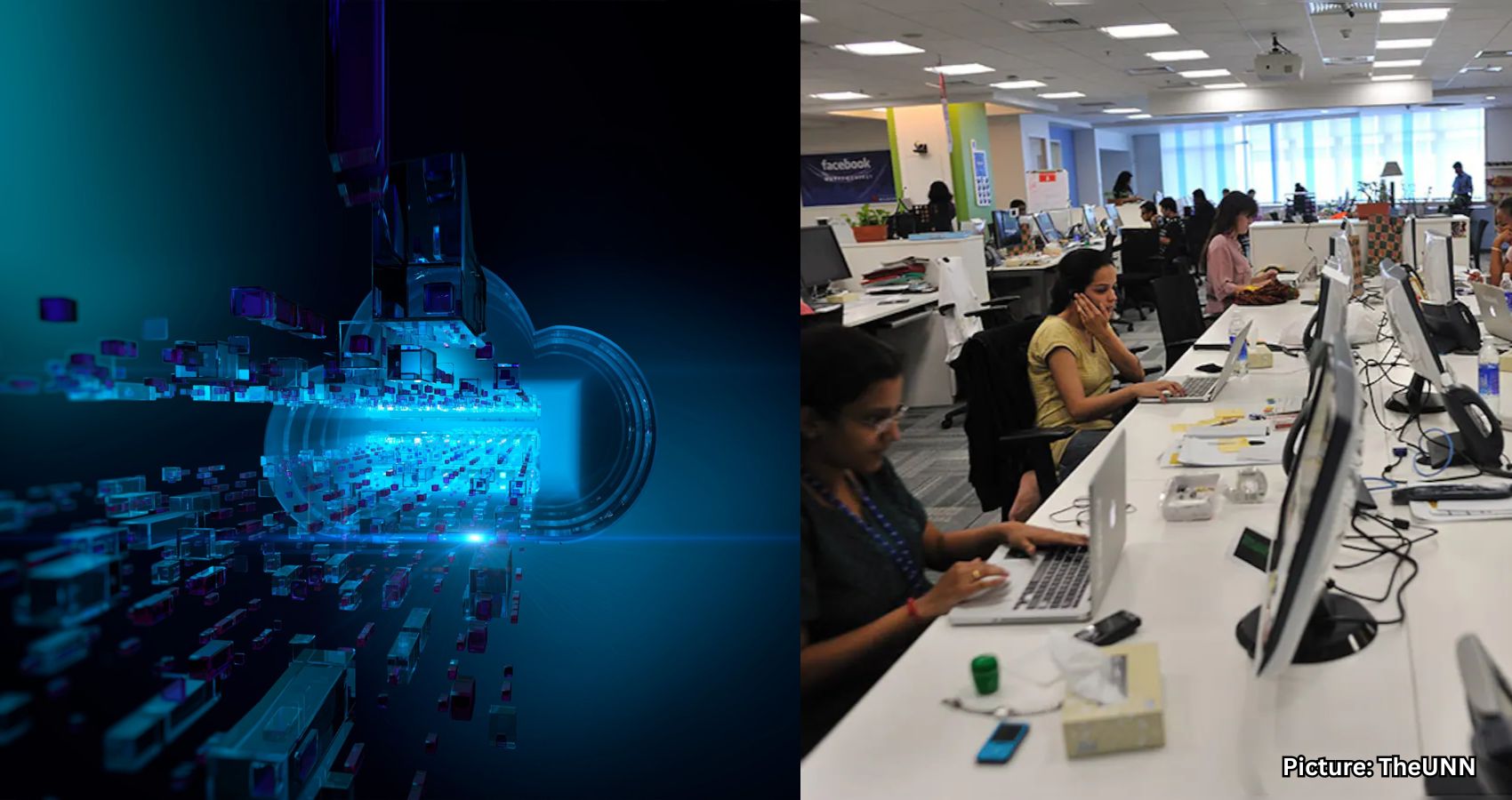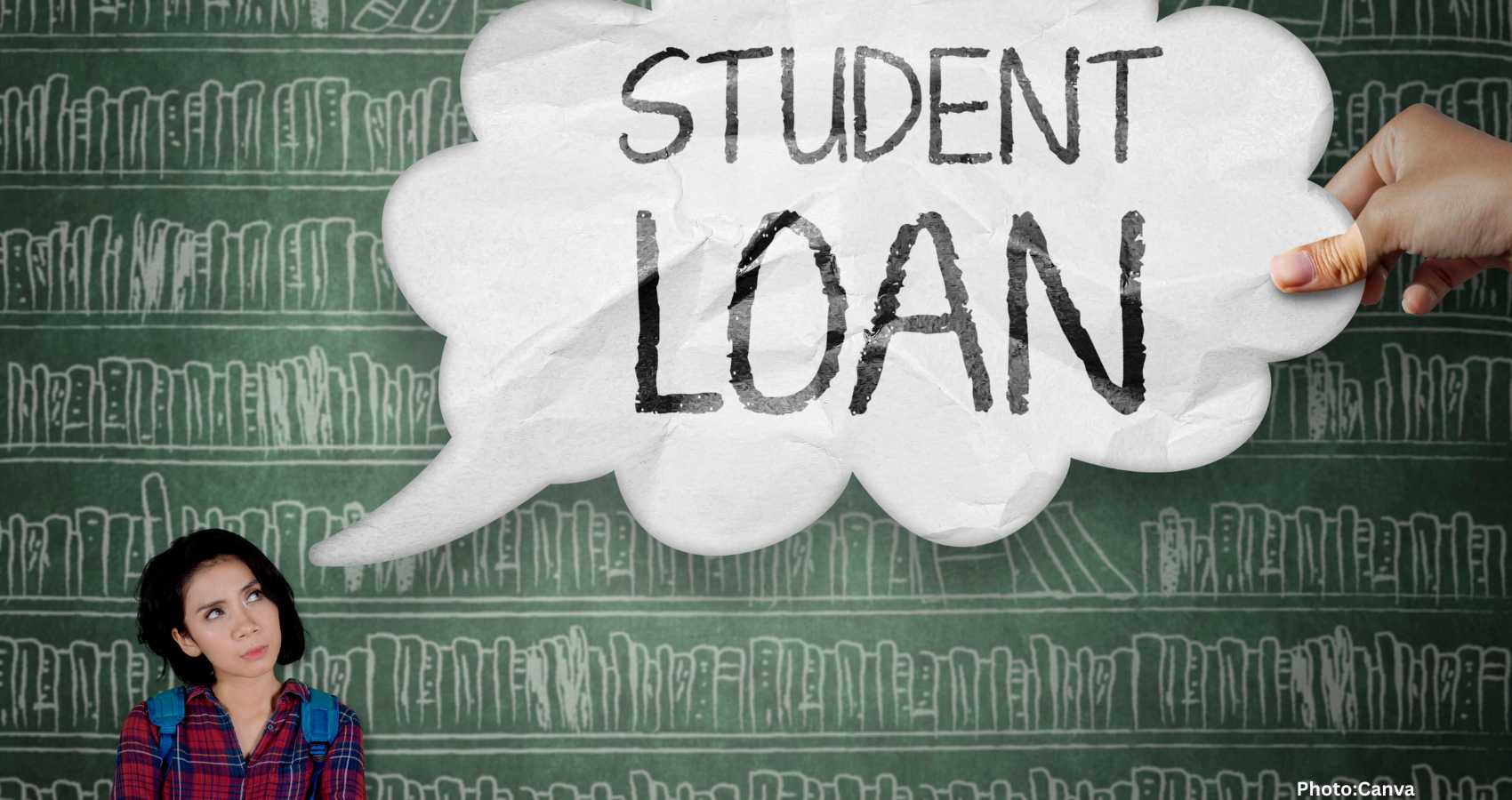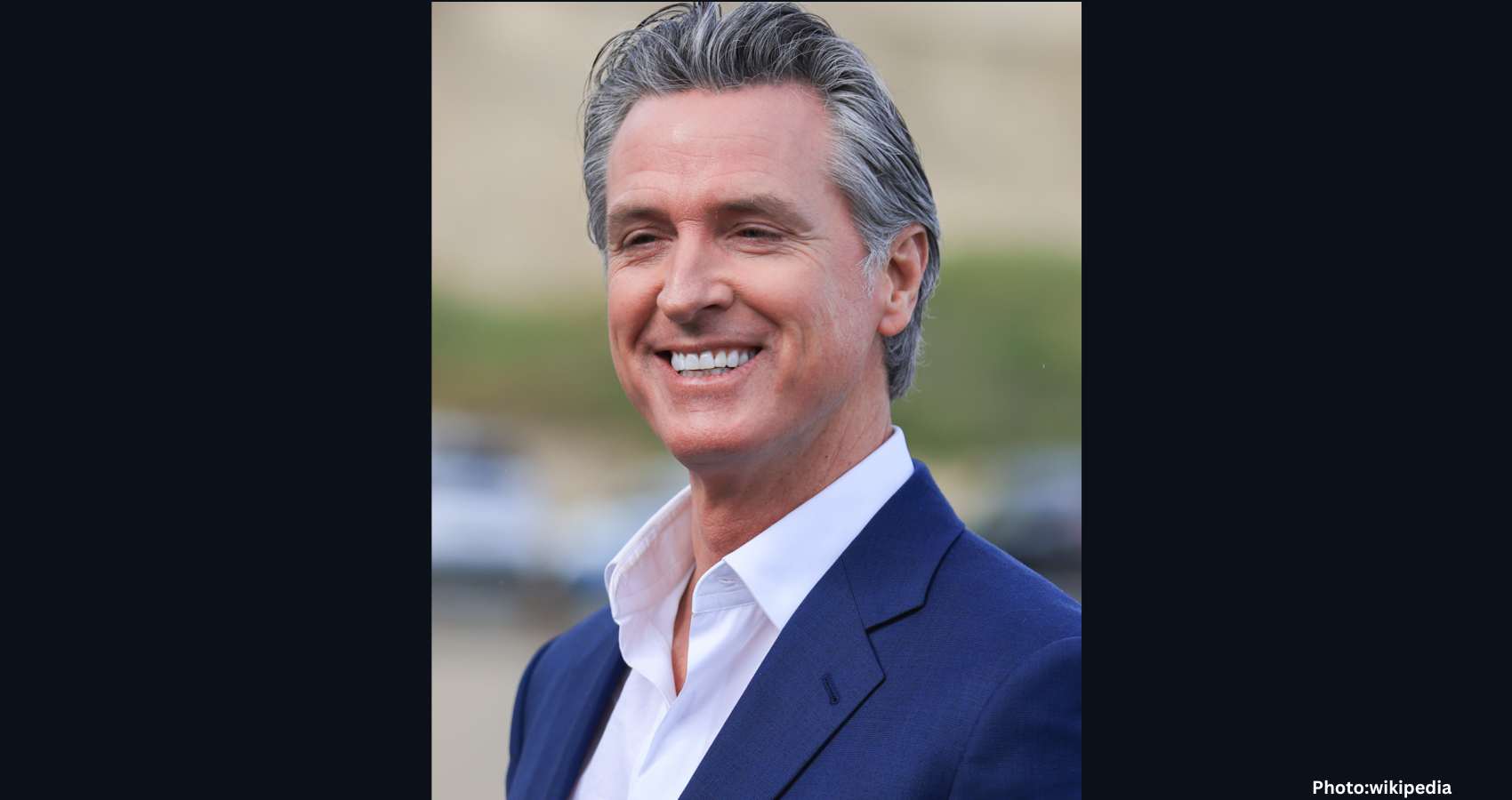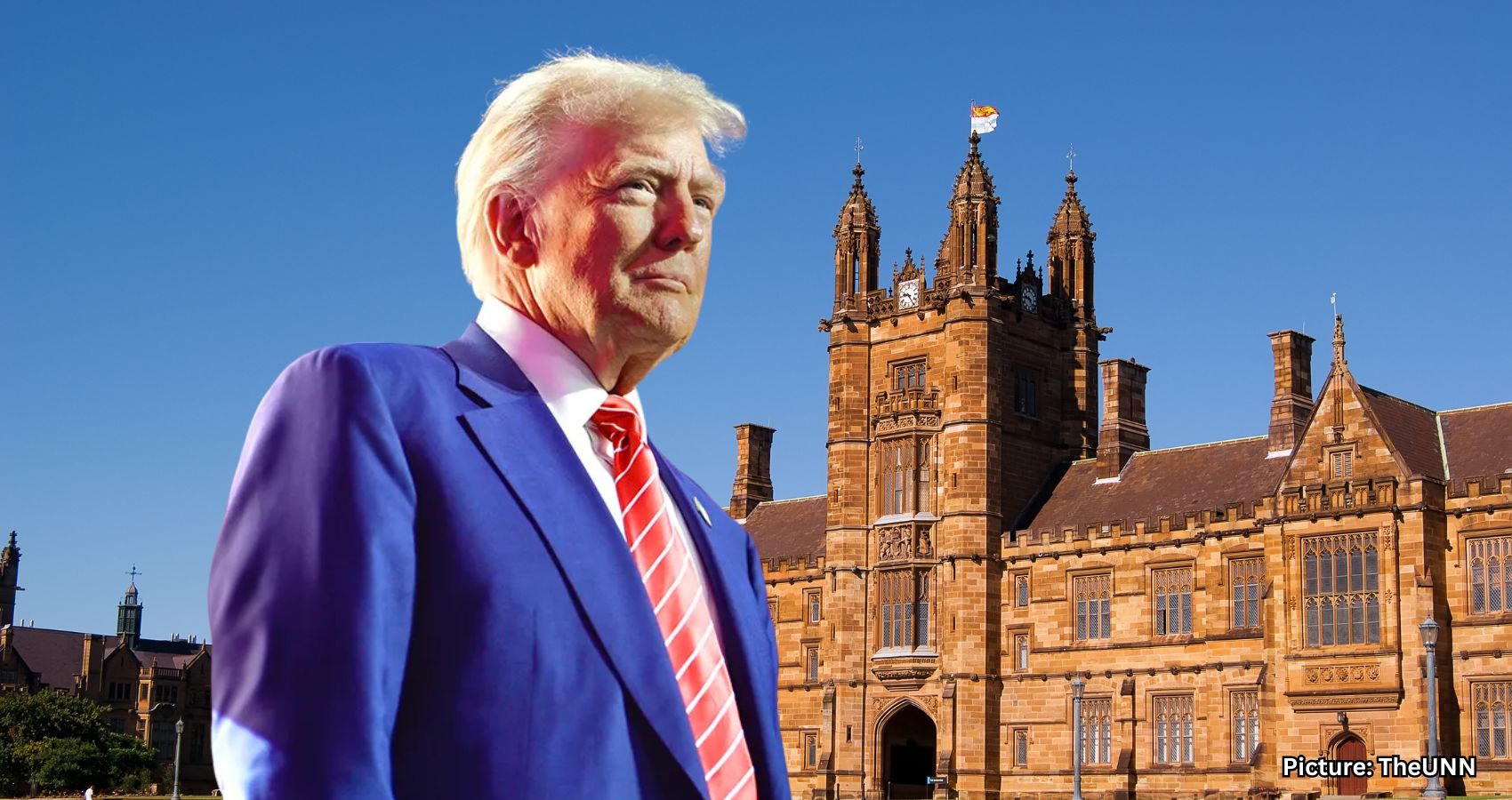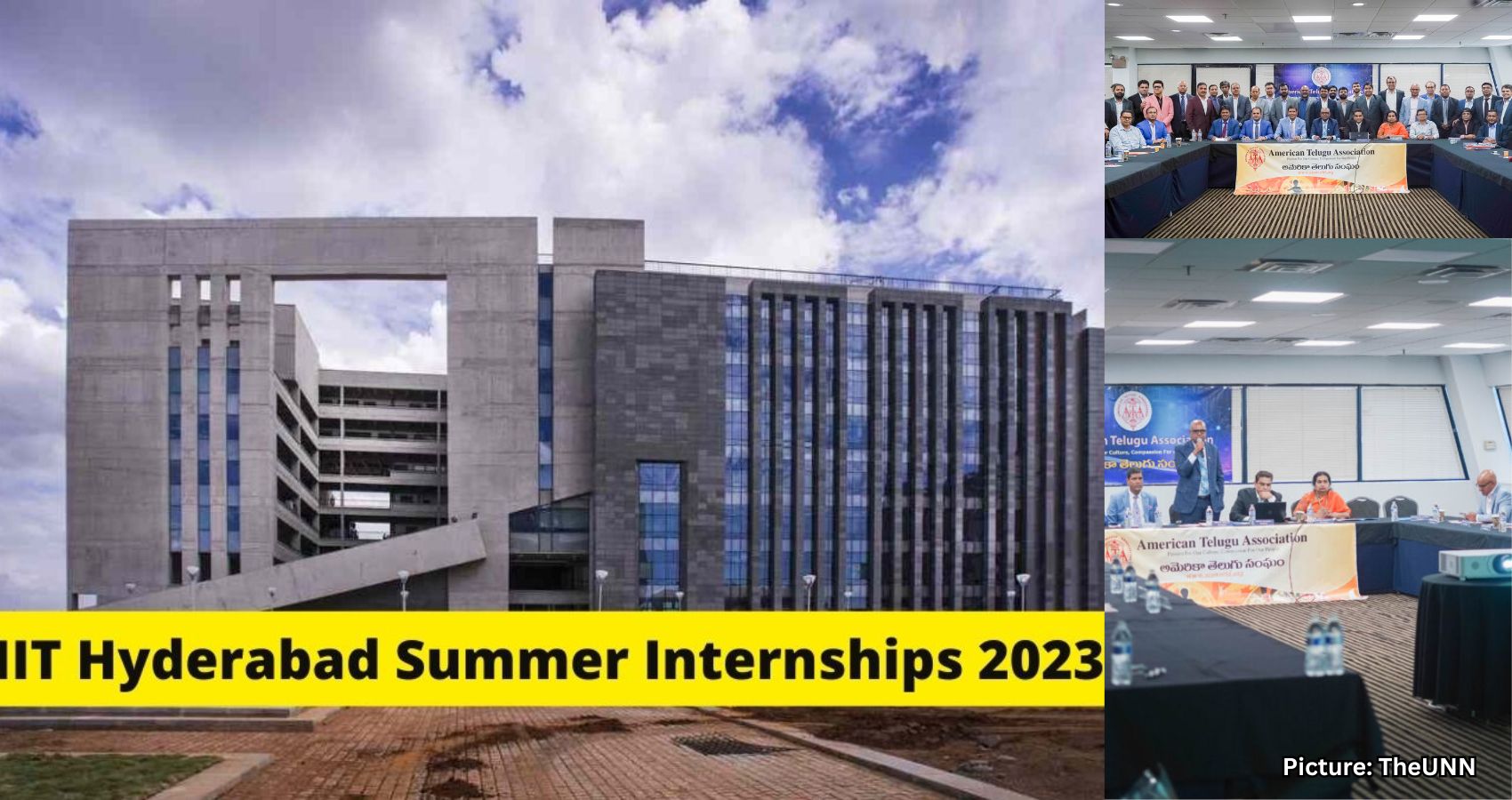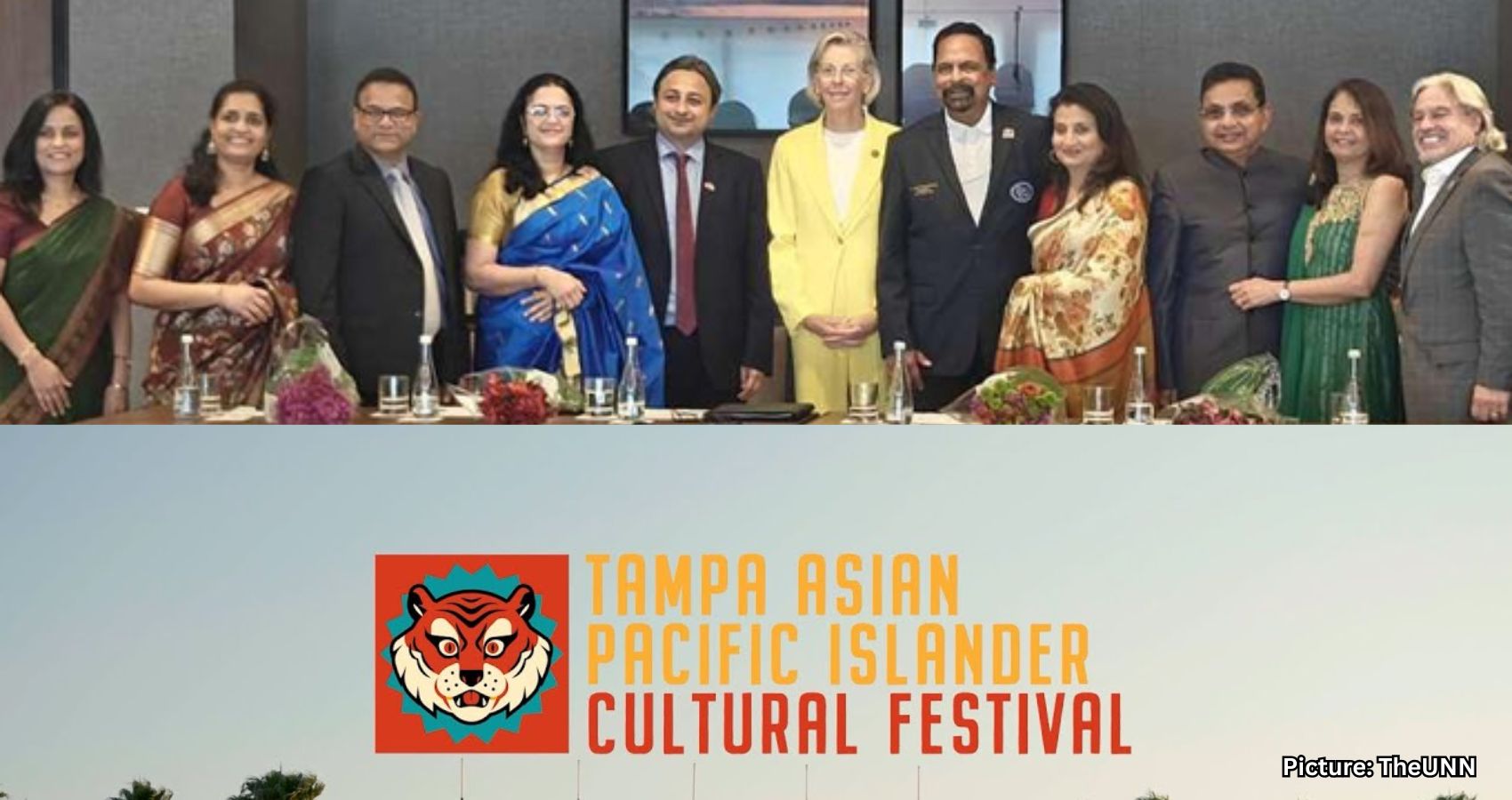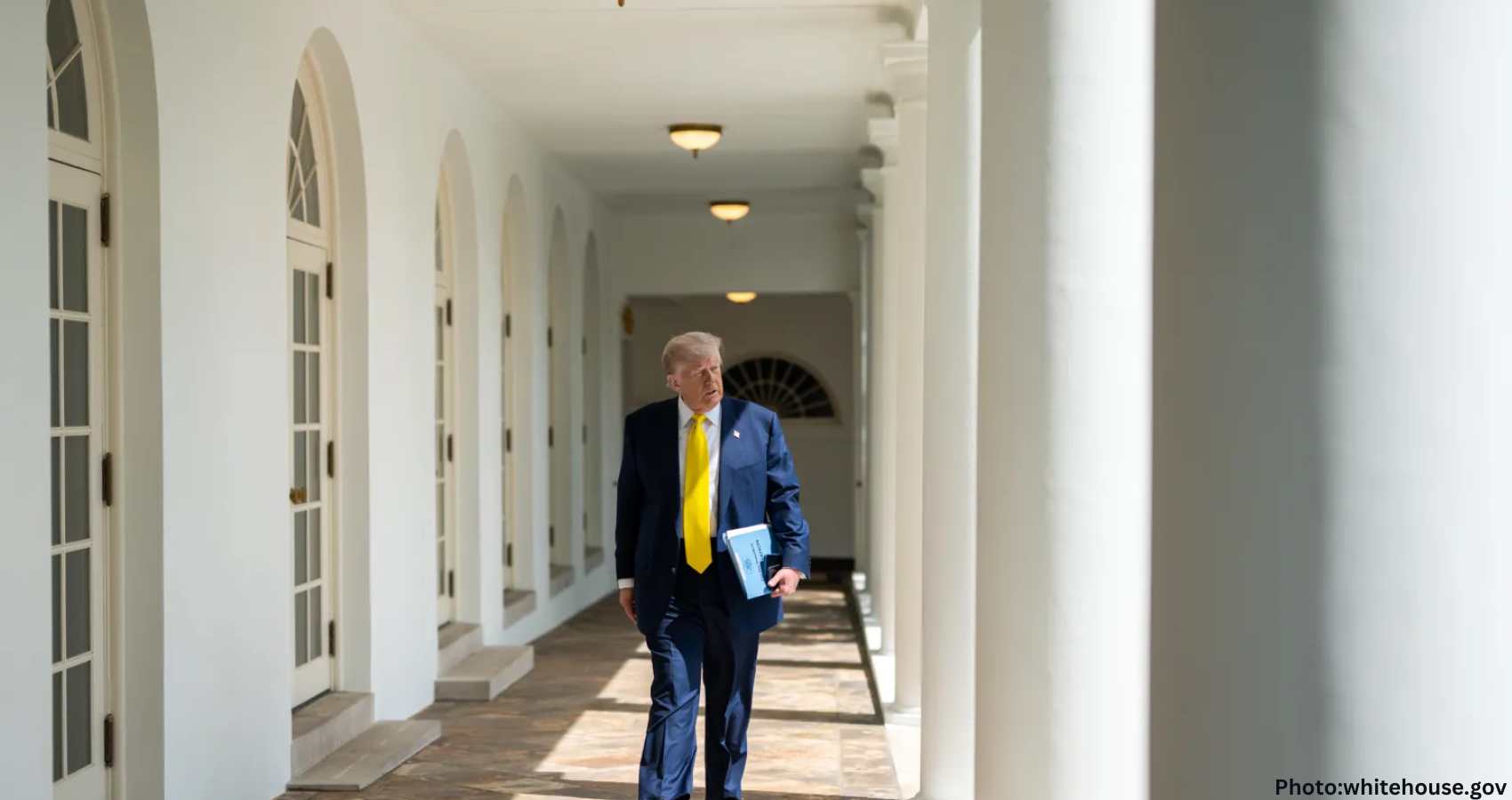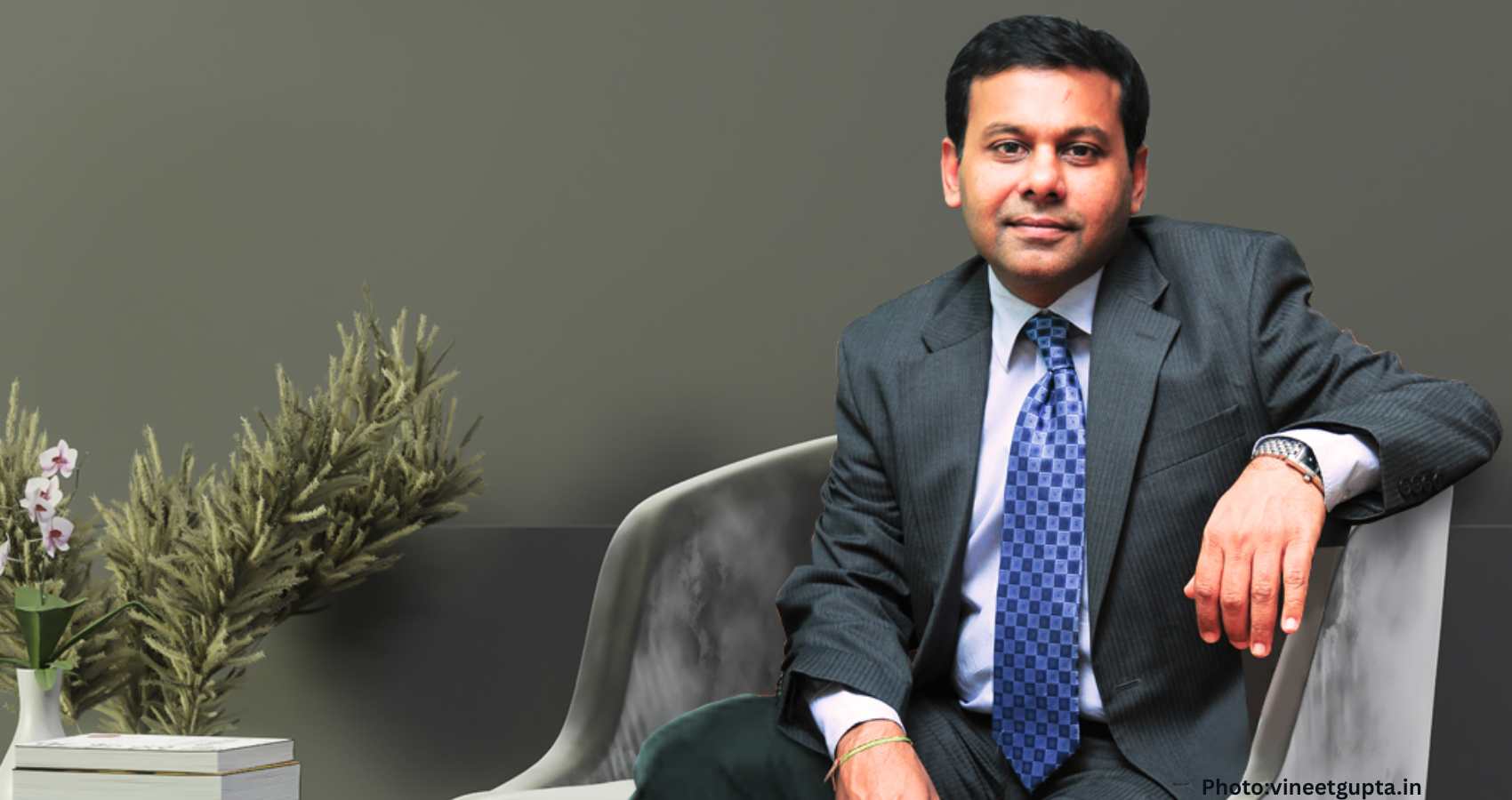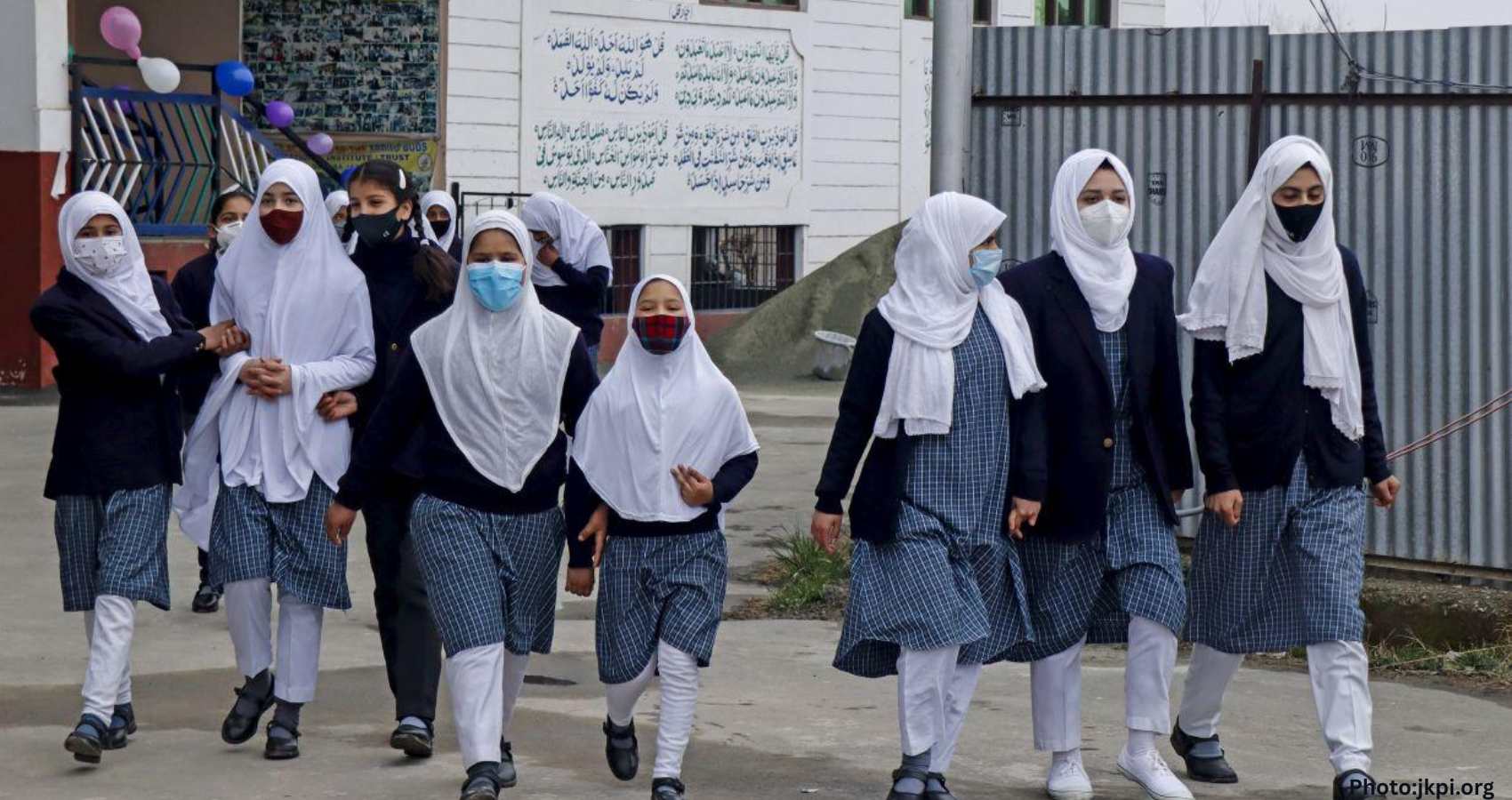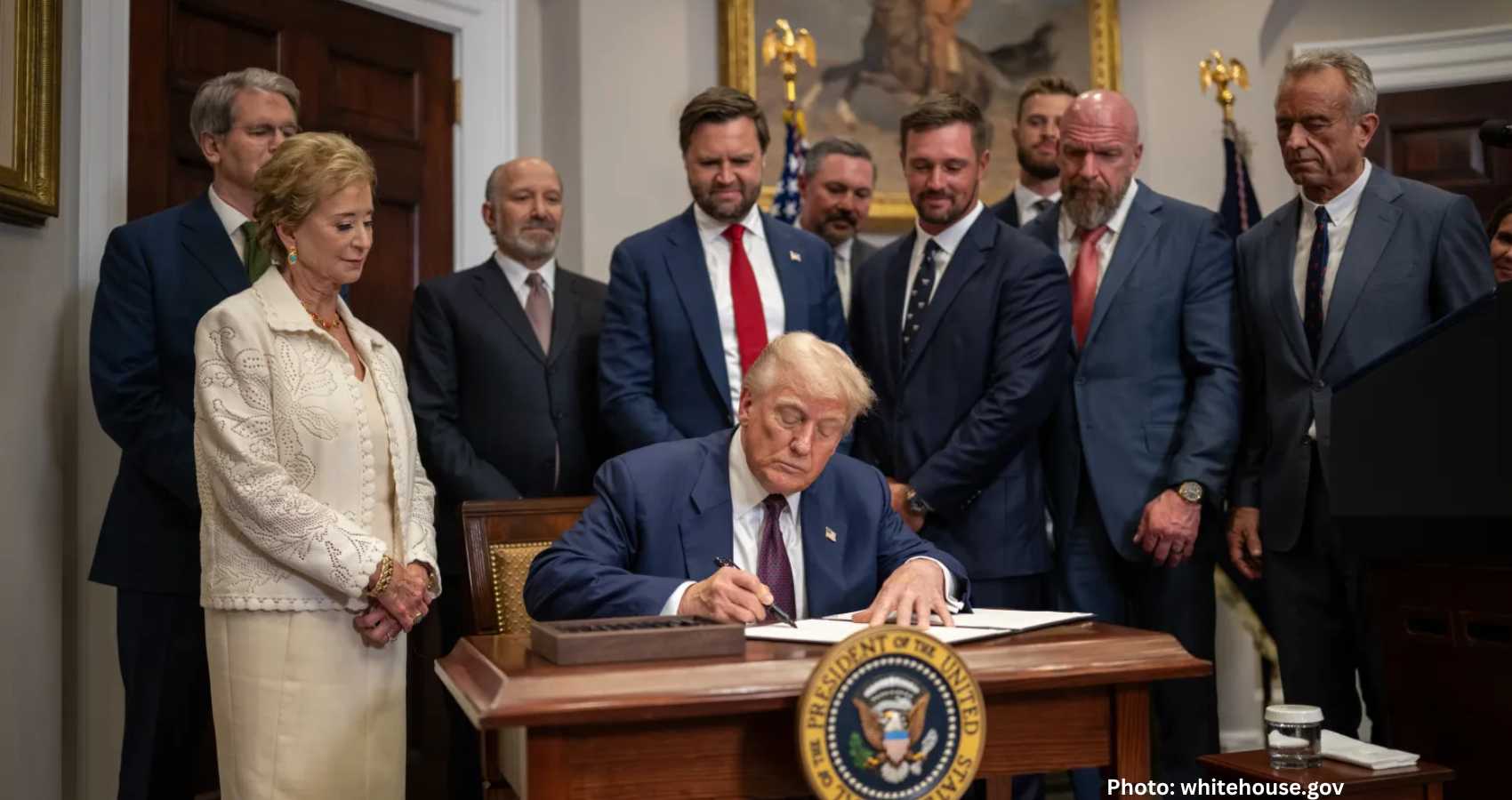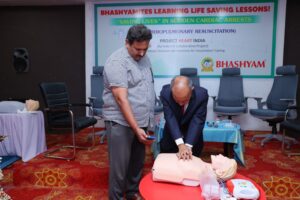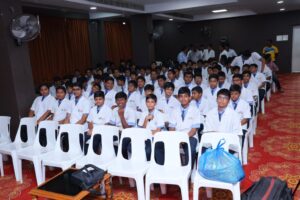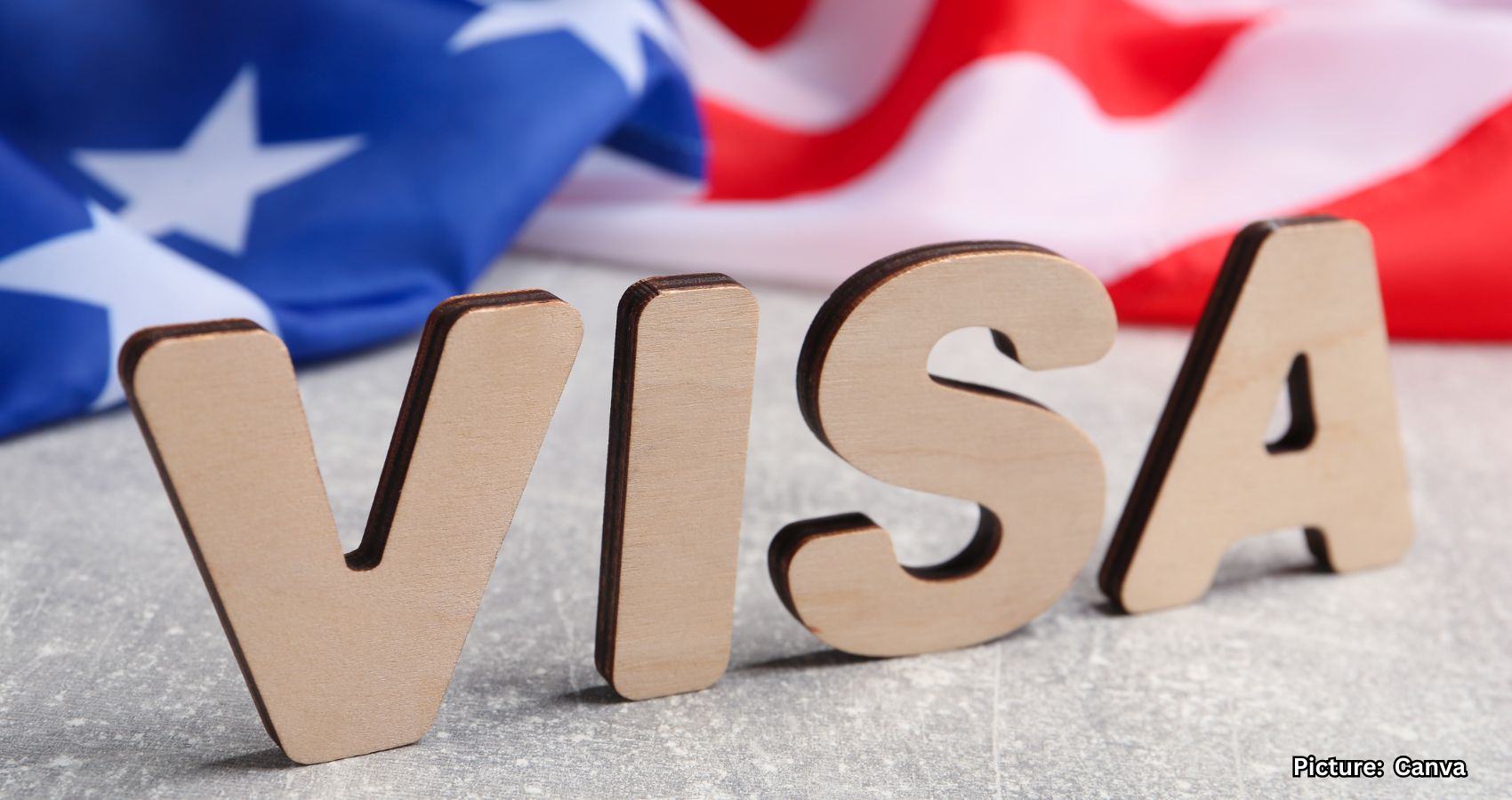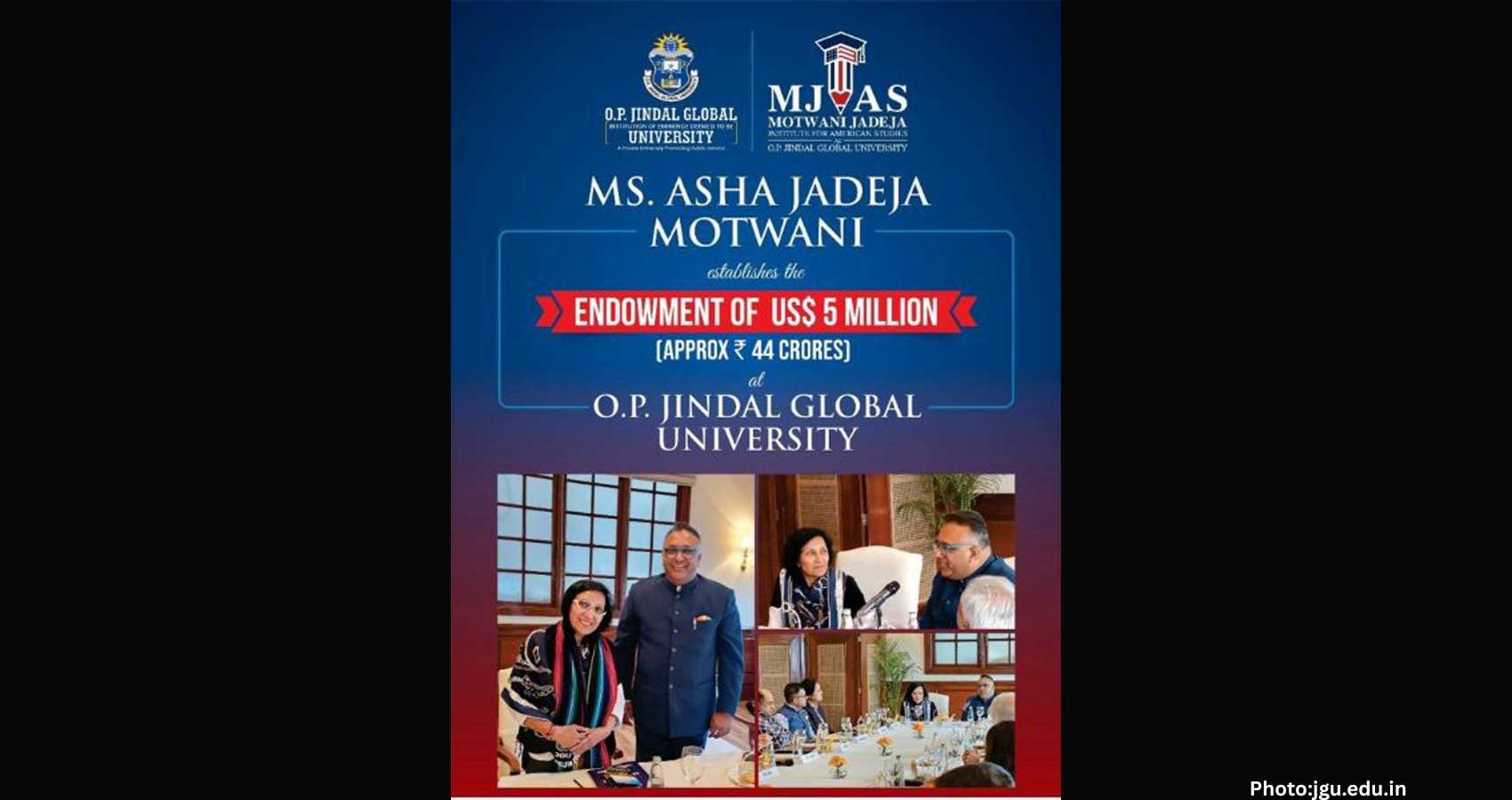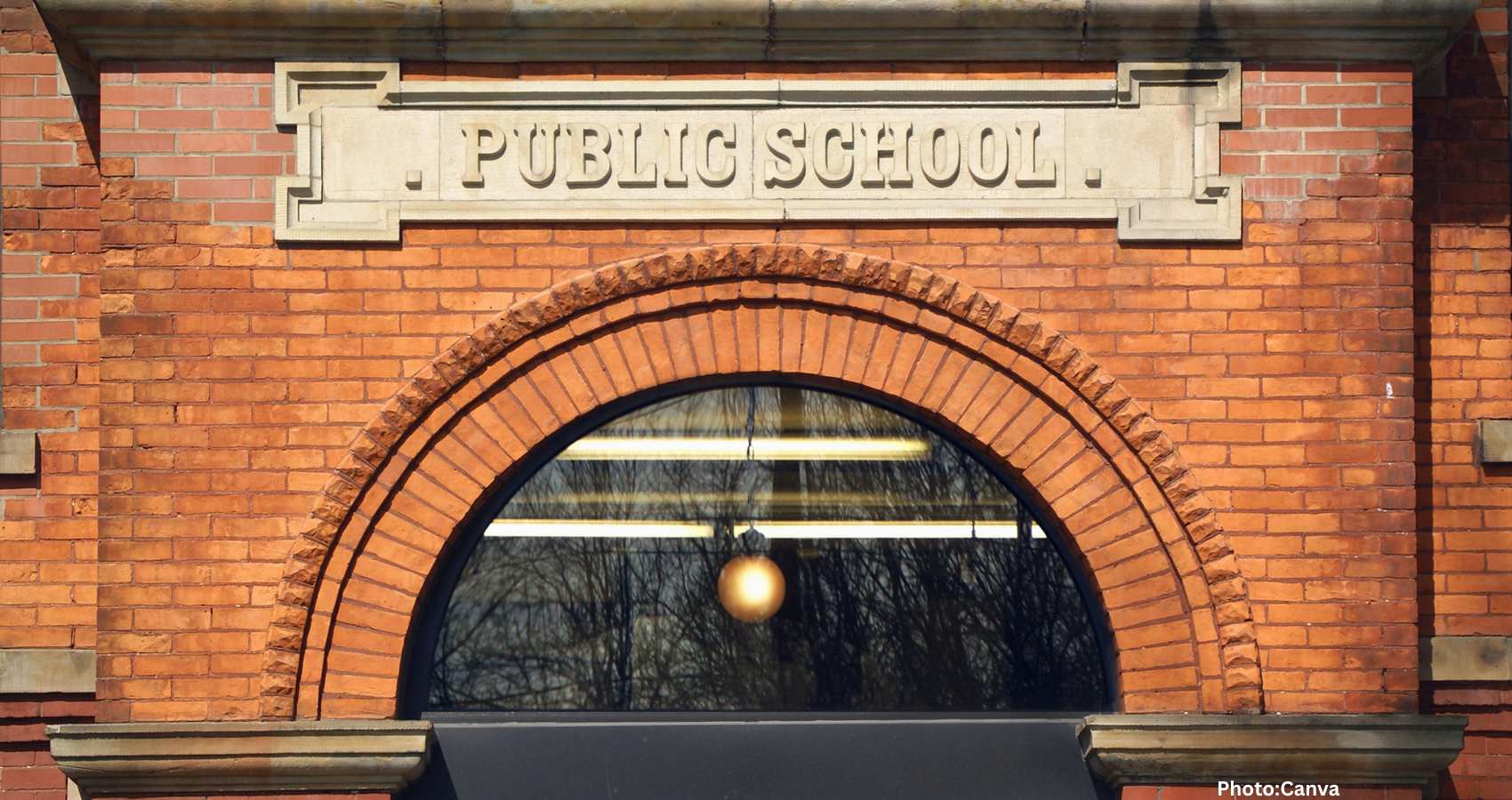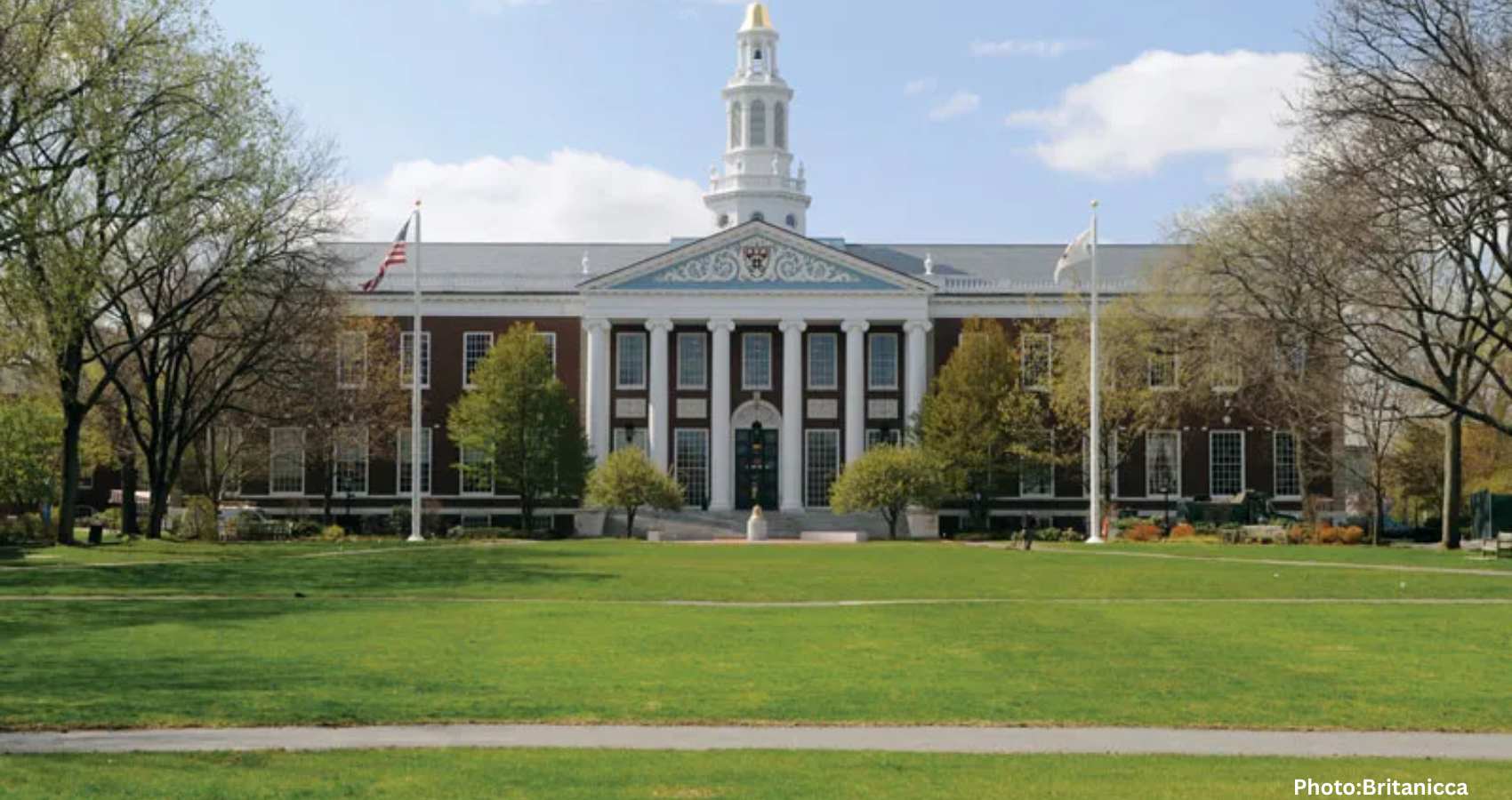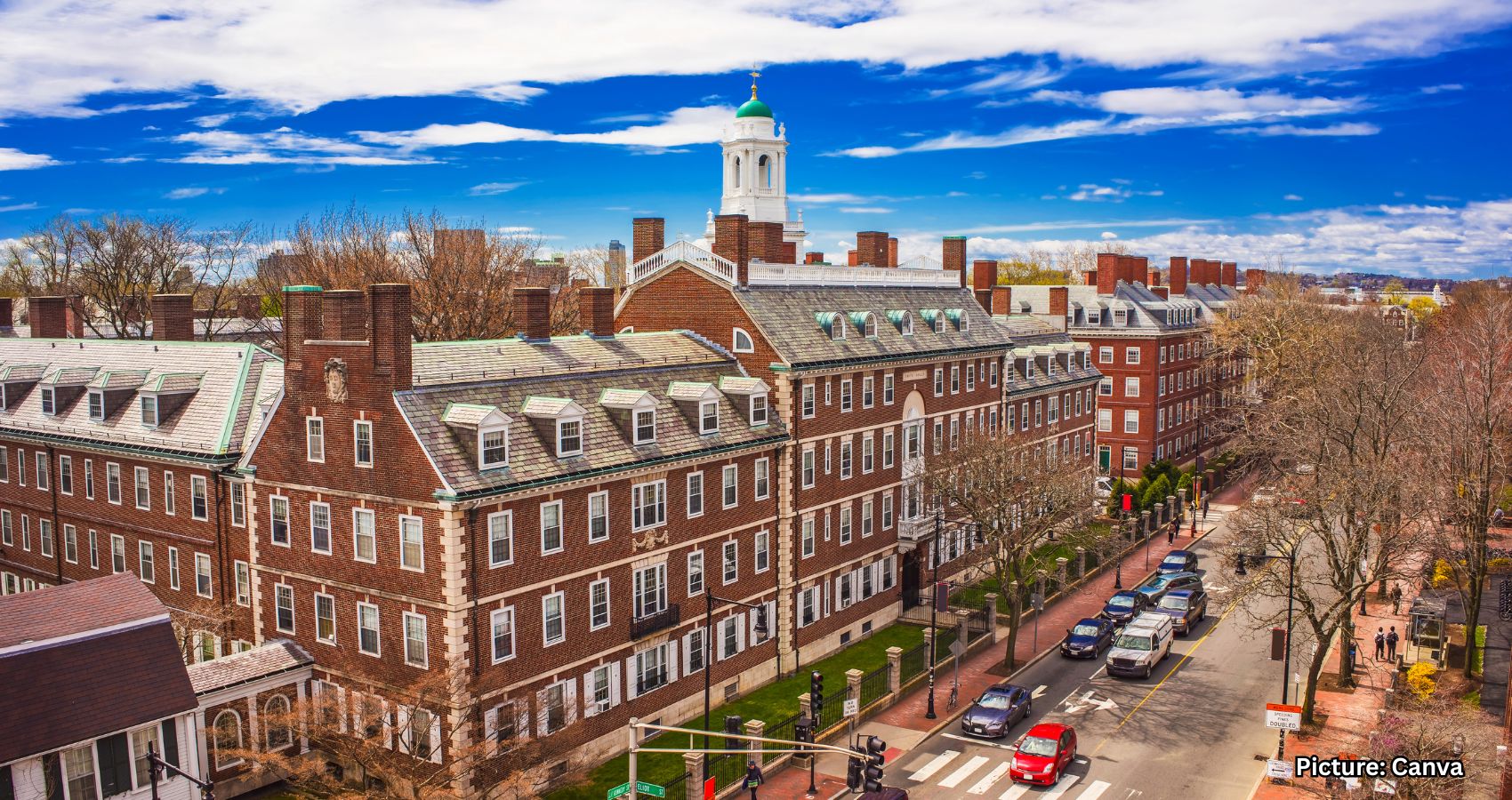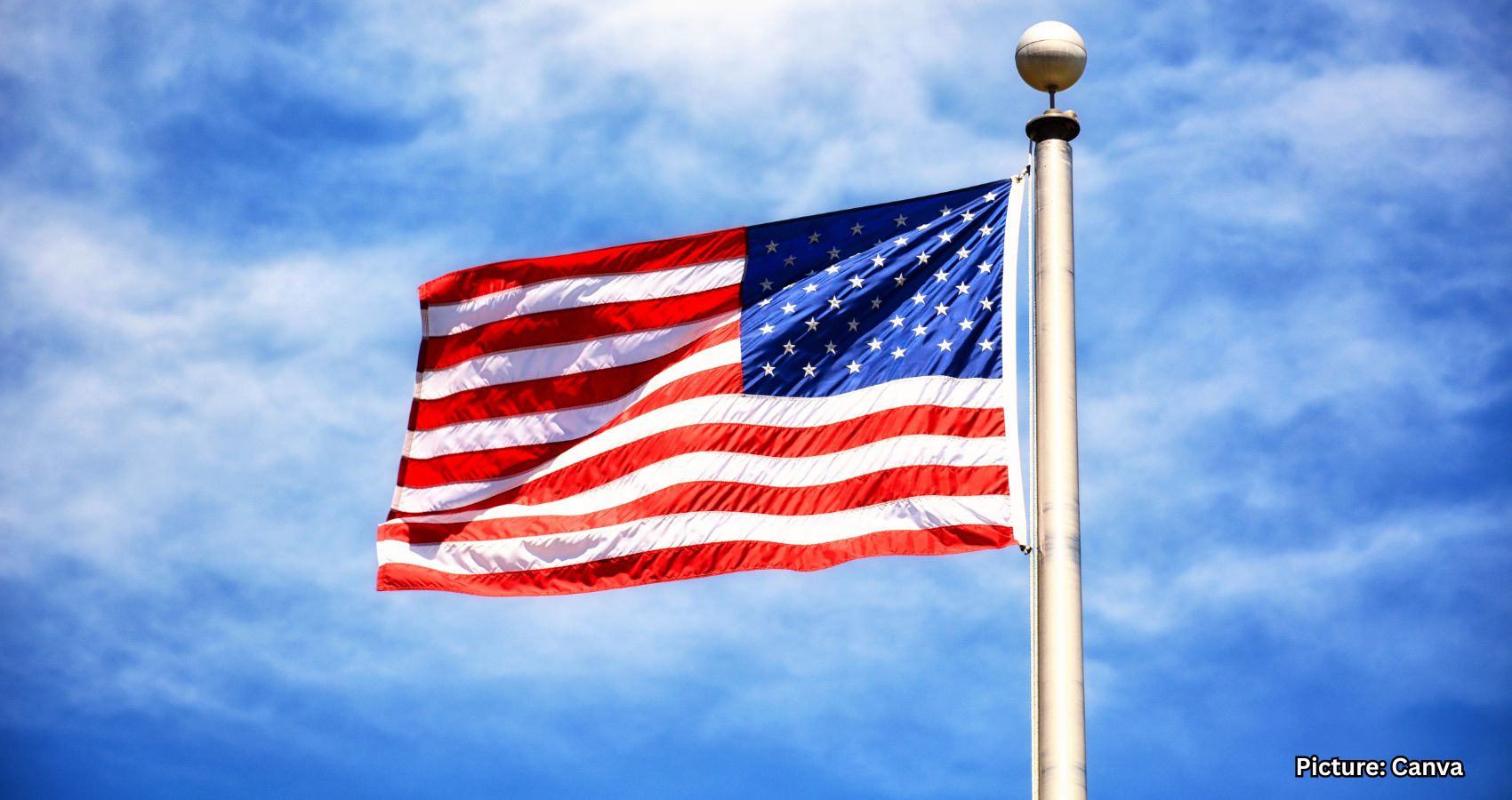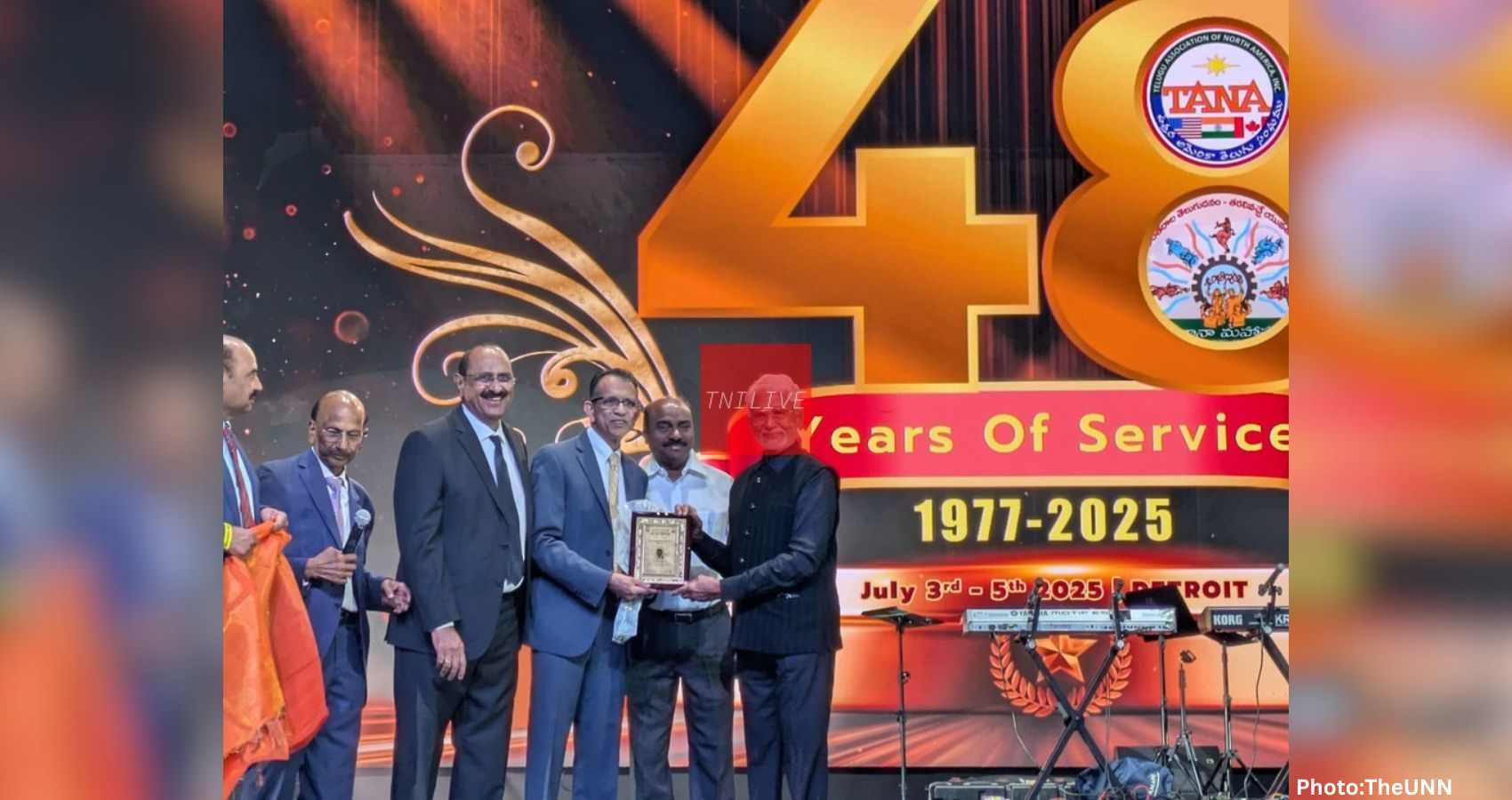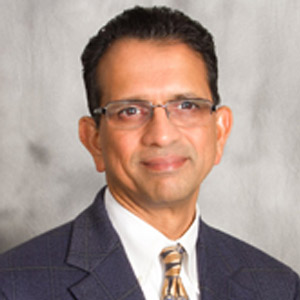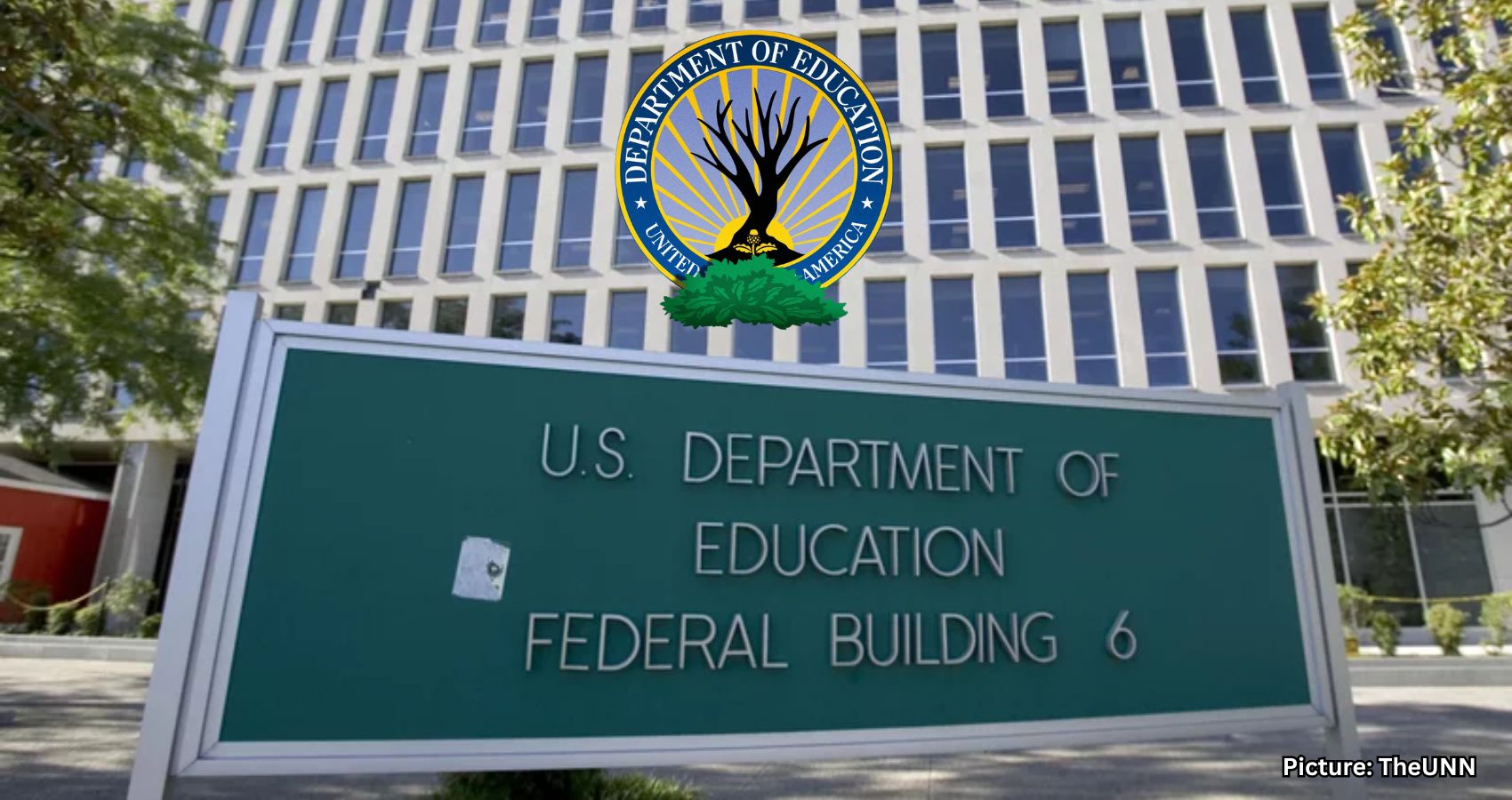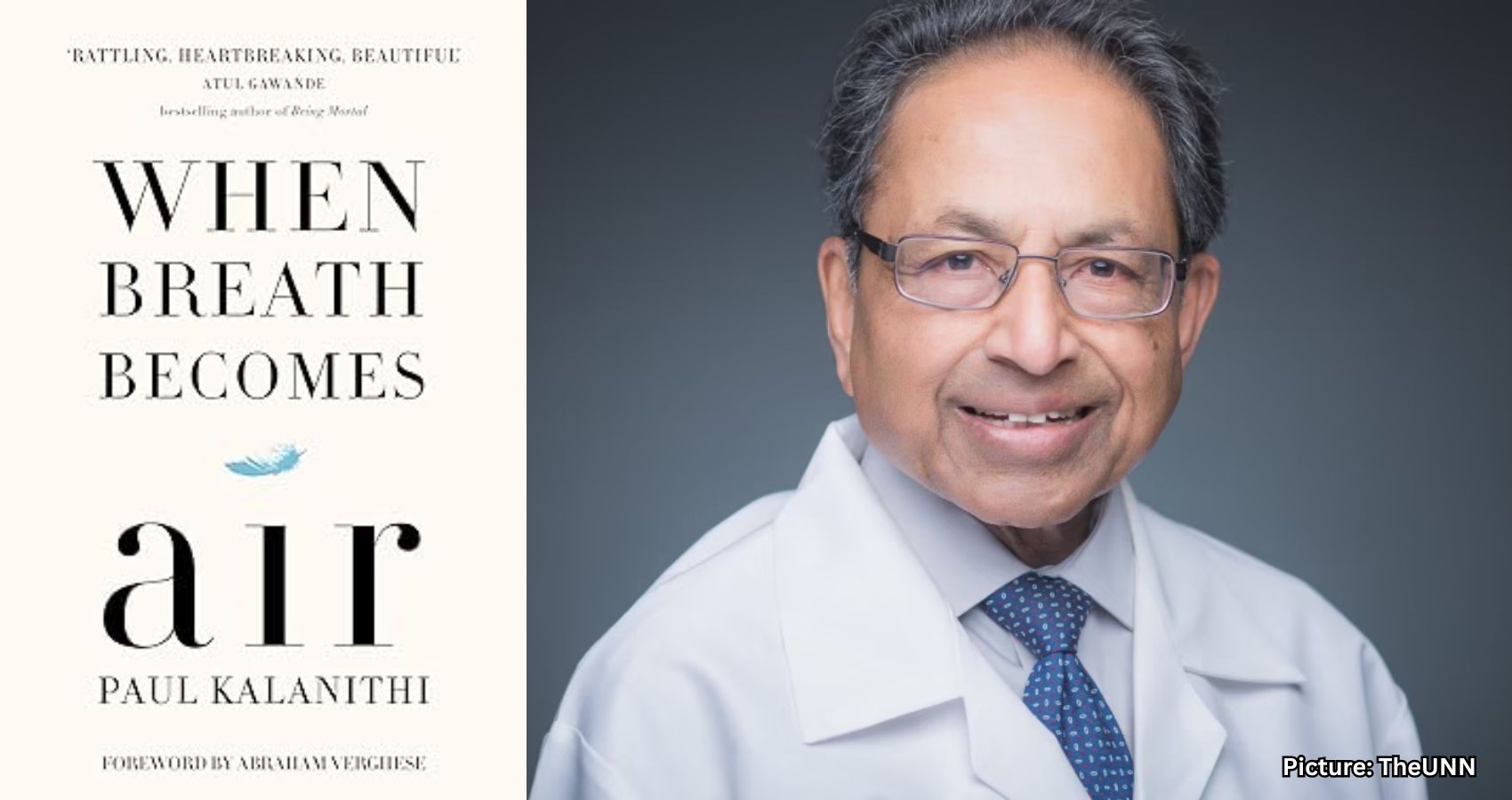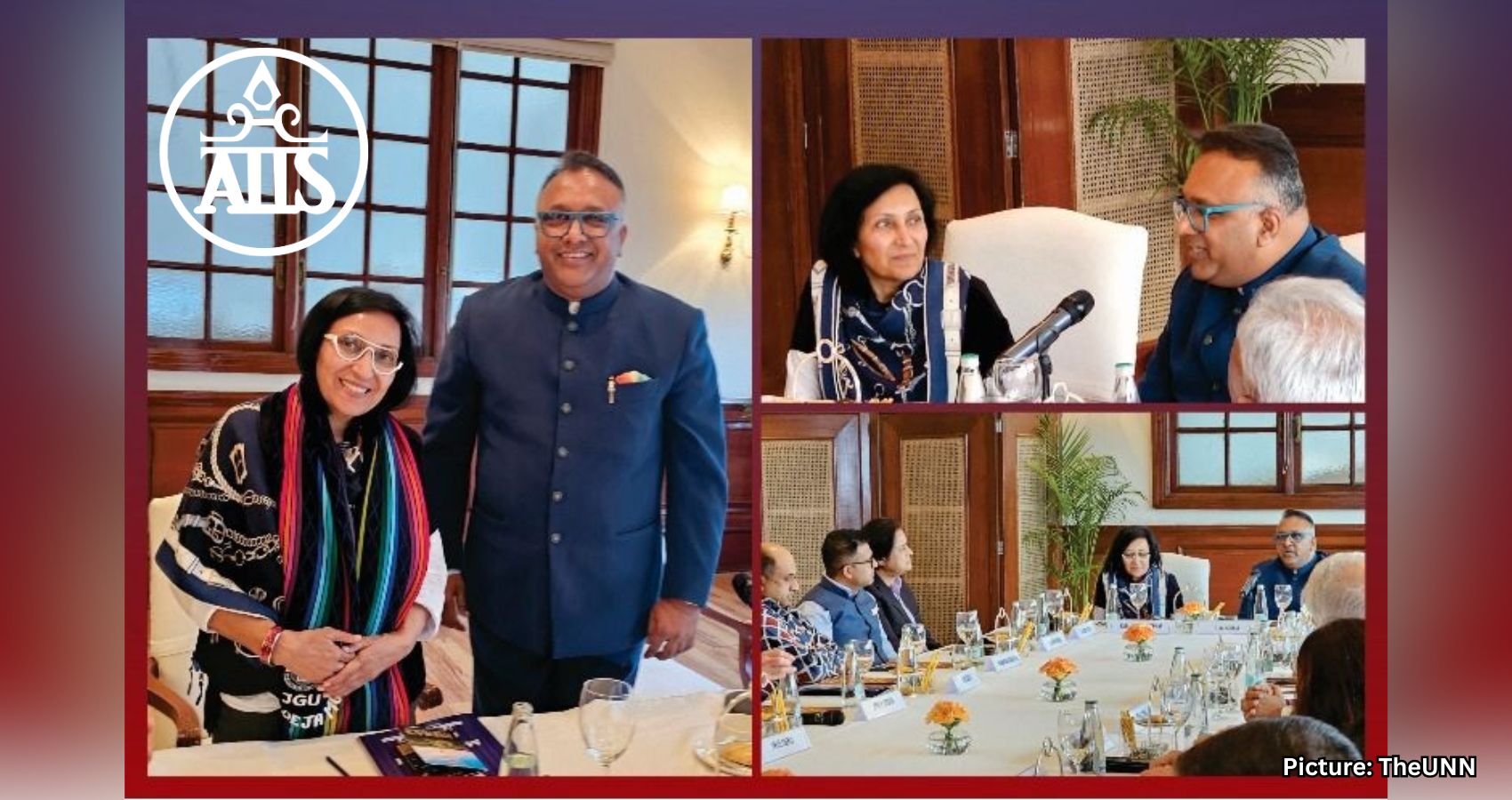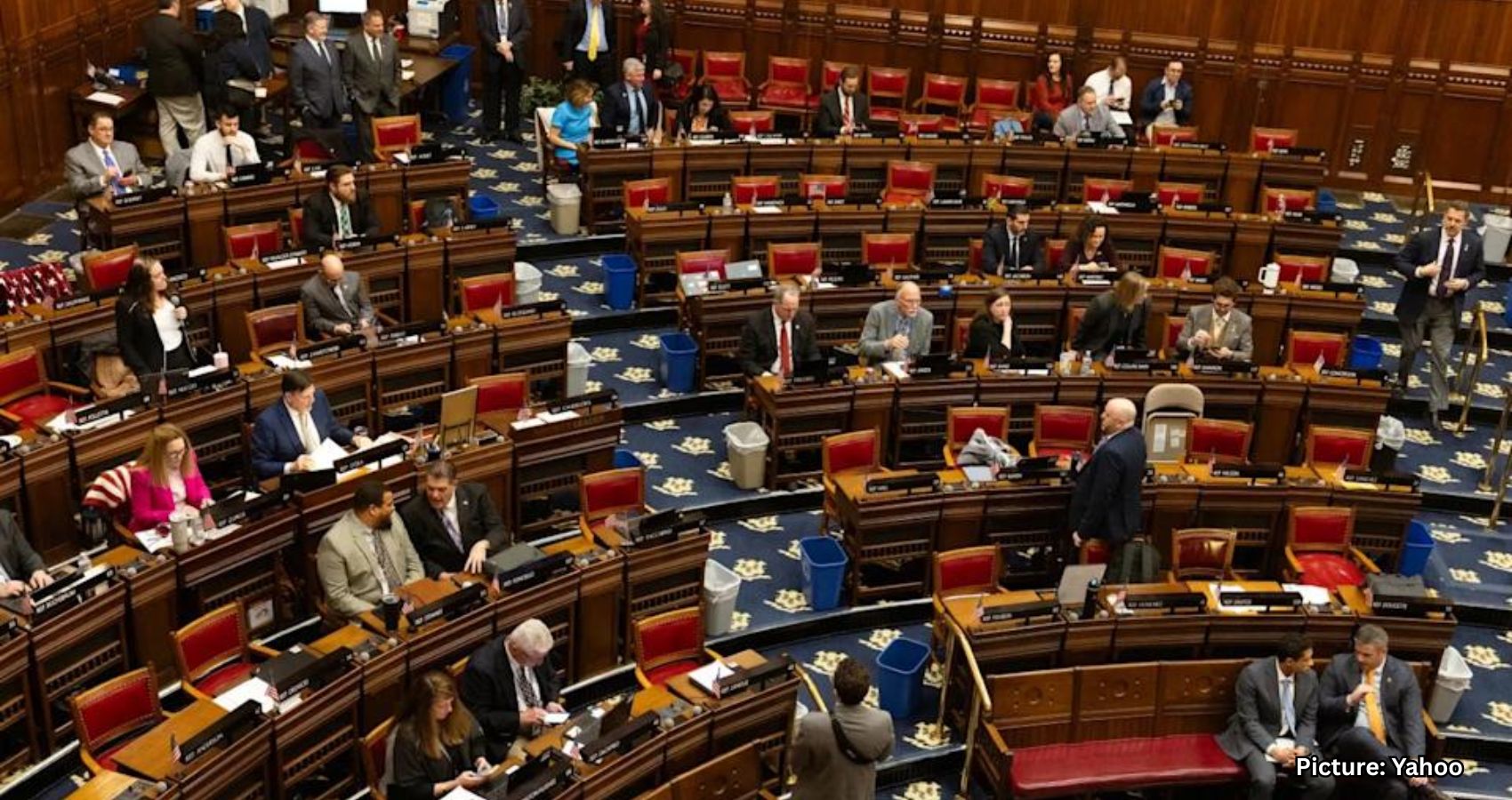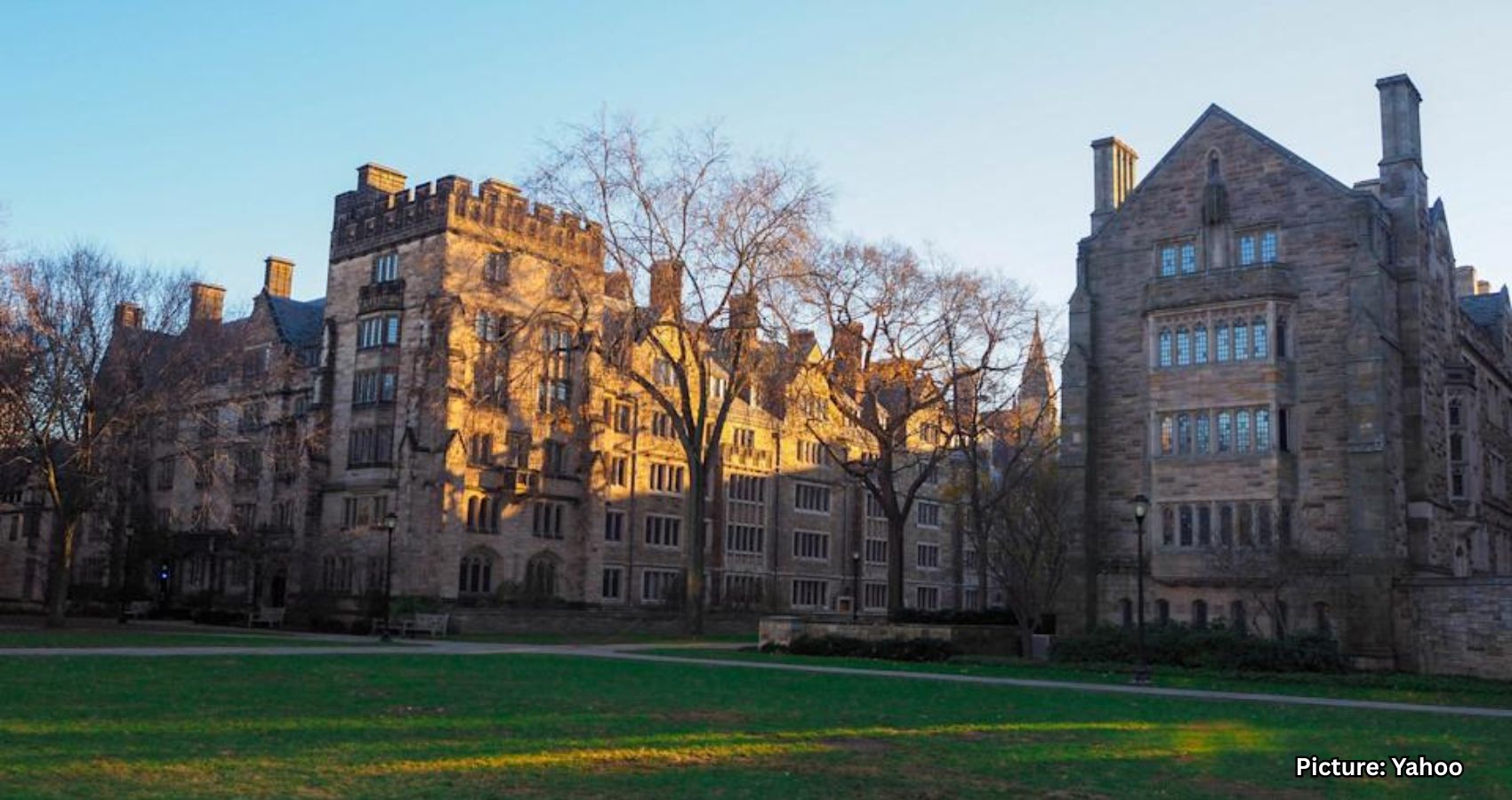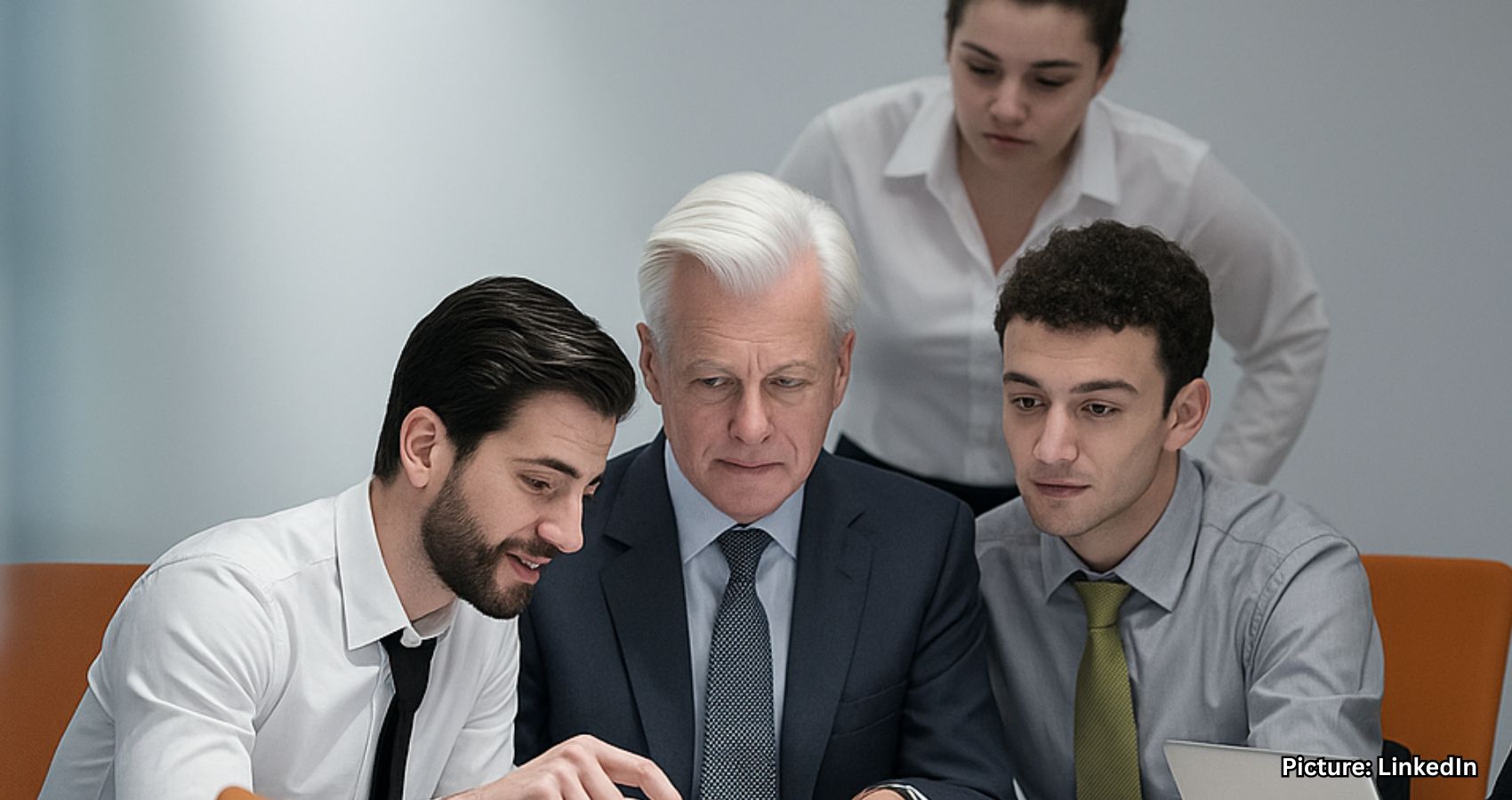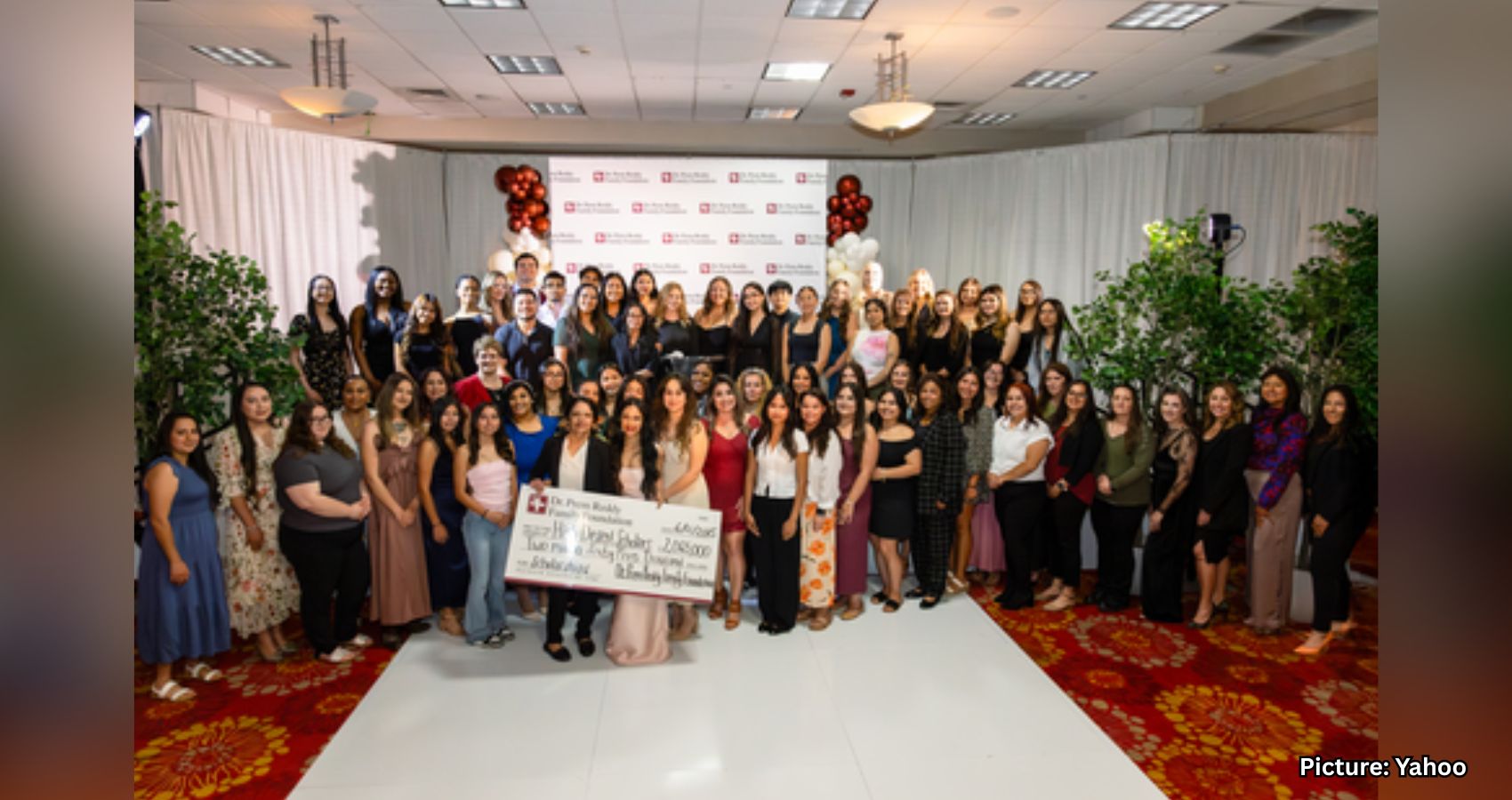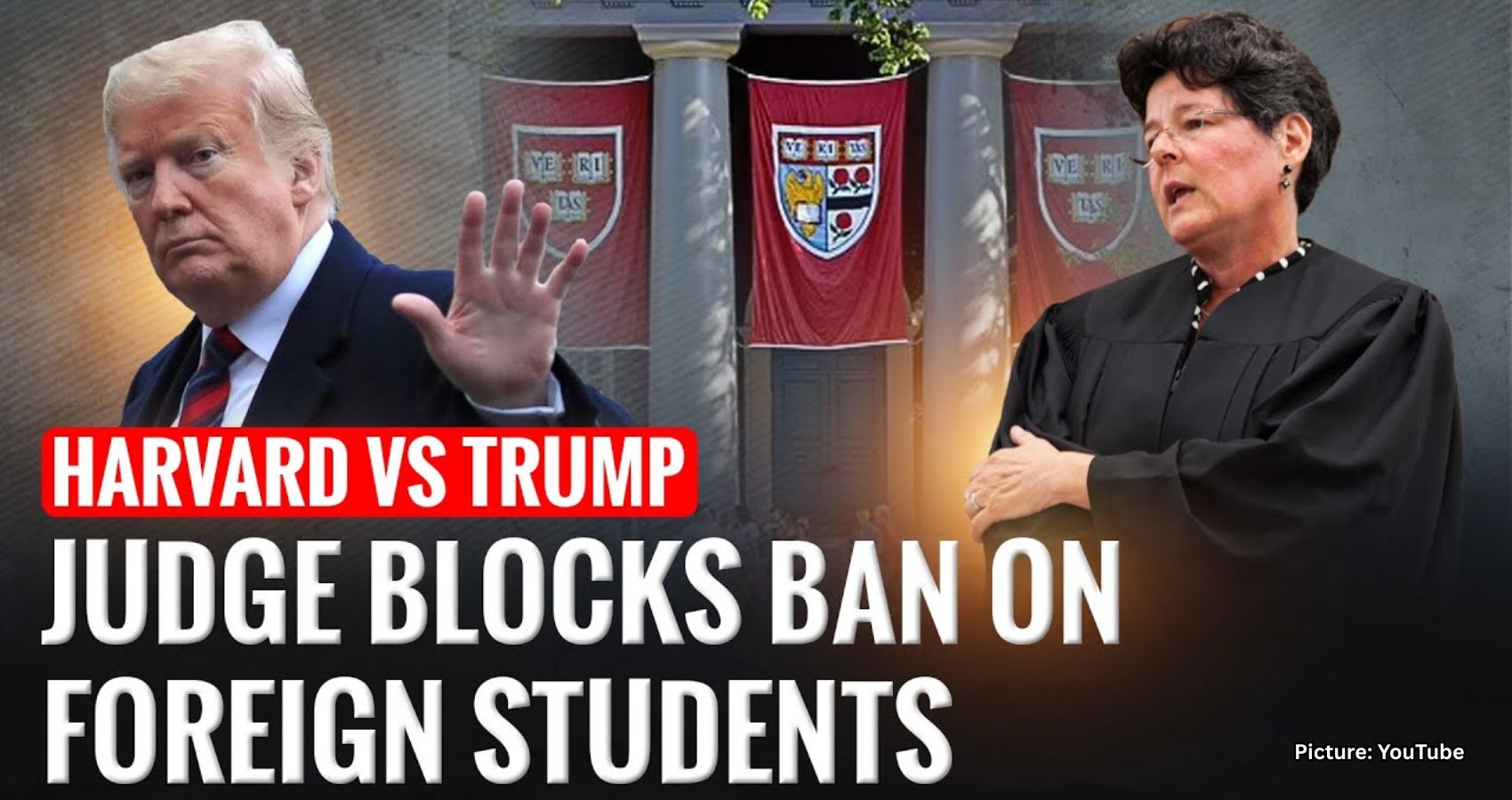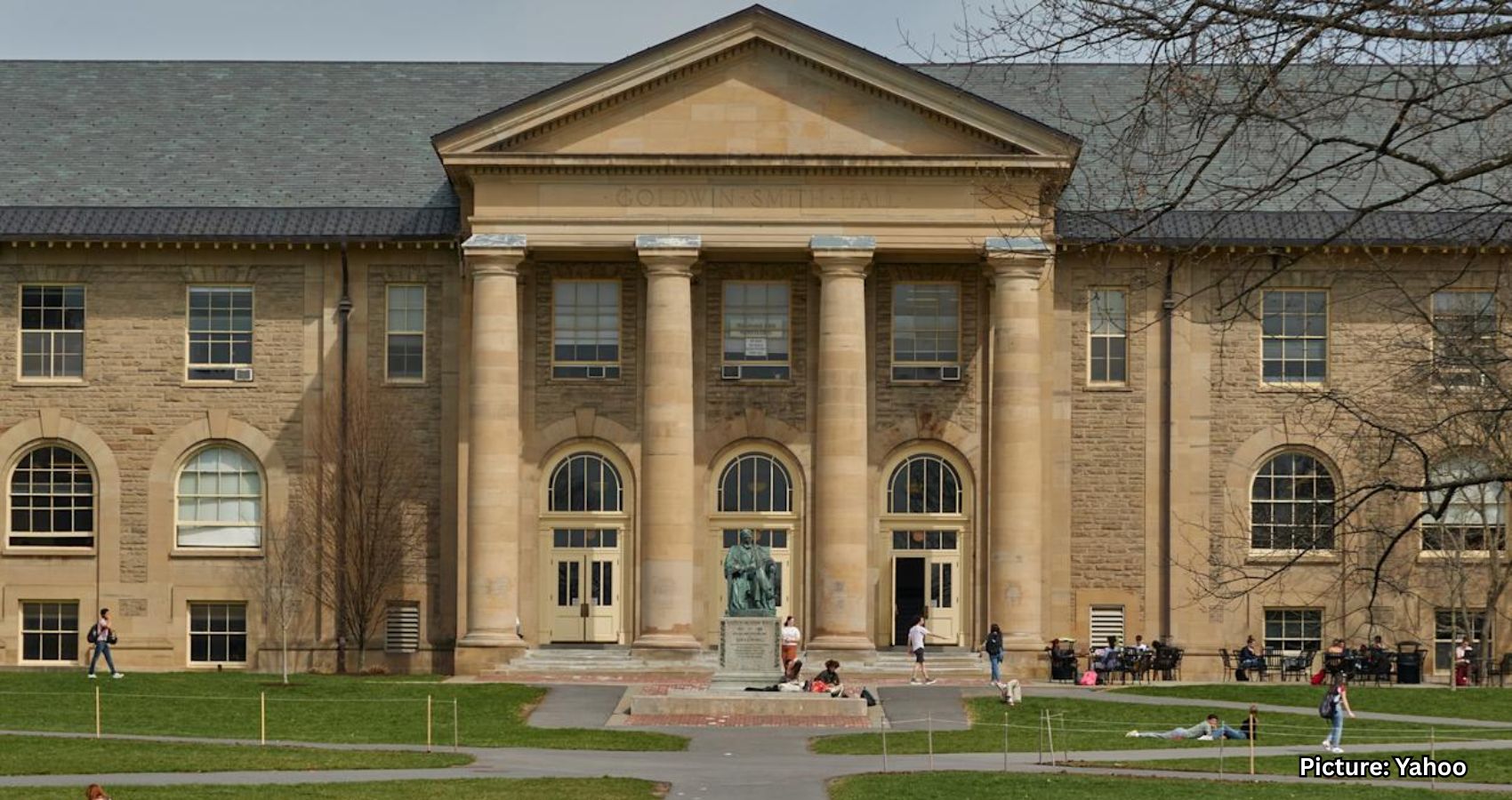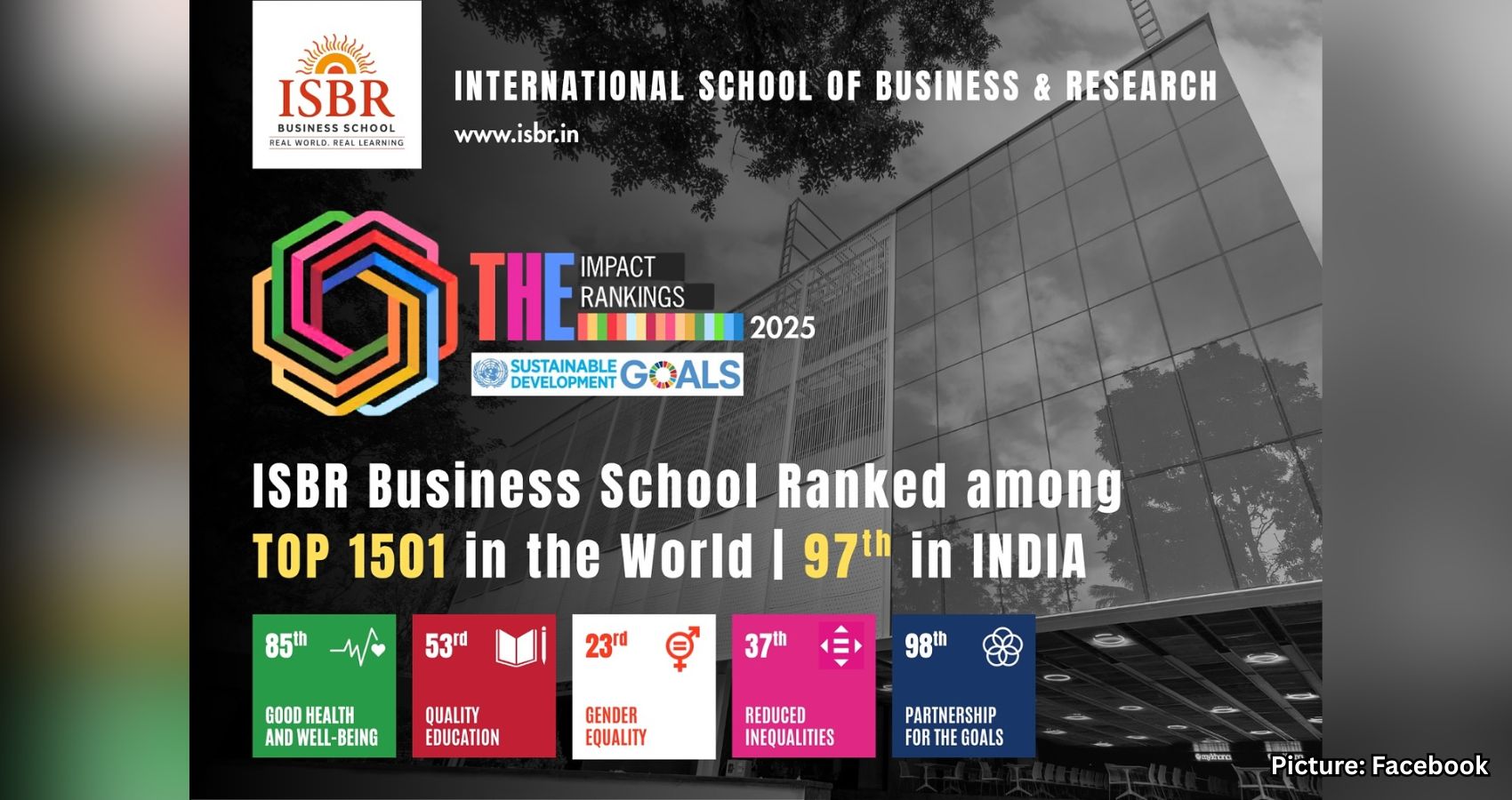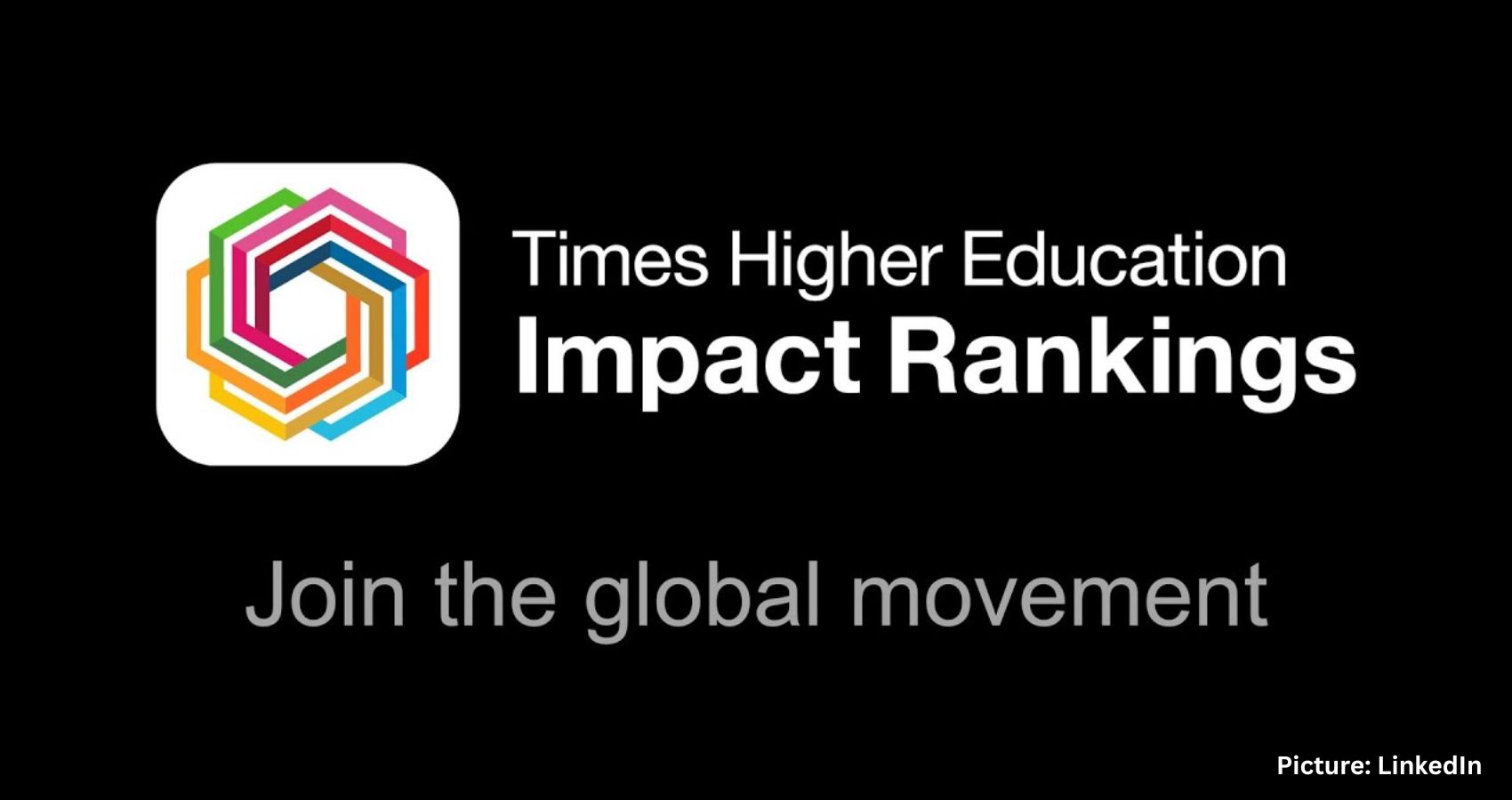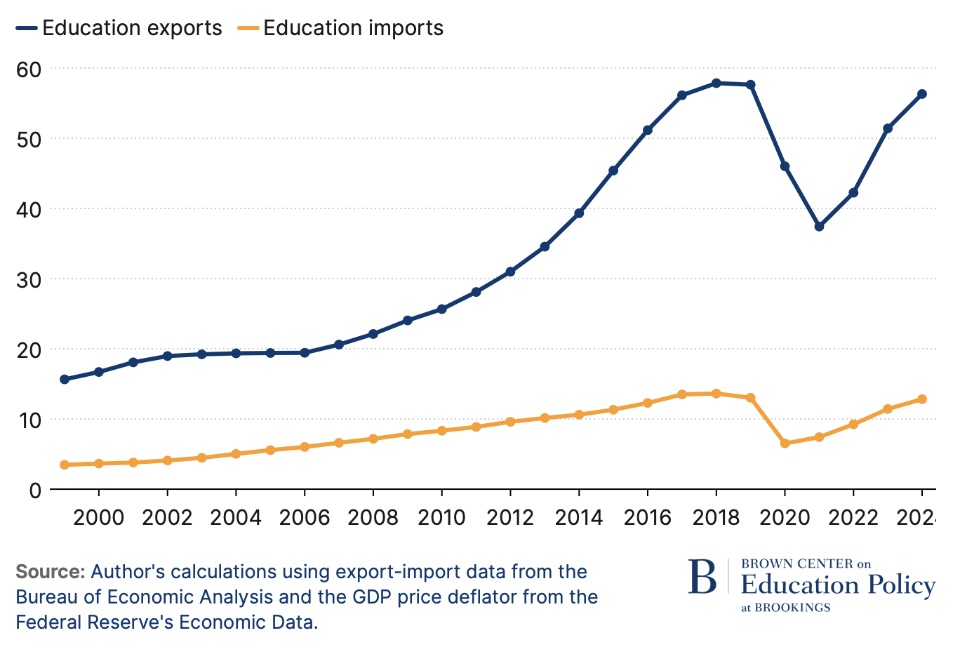Adopting new habits in my 60s transformed my life, turning a challenging transition into a decade filled with joy and purpose.
When I took early retirement at 62 due to company downsizing, it felt as if the ground had been pulled from beneath me. For weeks, I wandered aimlessly around my home, checking work emails that no longer existed and grappling with a sense of identity loss without a job title.
However, that confusion did not last indefinitely. Gradually, my 60s evolved into the most fulfilling and joyful decade of my life—not because circumstances became easier, but because I embraced new habits that helped me navigate this phase with confidence rather than fear.
If you are approaching your 60s or are already in this stage of life, here are ten habits that significantly changed my outlook and experience.
First, I stopped waiting for permission to try new things. At 59, I picked up a guitar for the first time, despite my family’s concerns that I was having a midlife crisis. Learning those initial chords revealed a powerful truth: it is never too late to start something new. After decades of adhering to rules and seeking approval, retirement prompted me to rewire my mindset.
I also took up Spanish at 61 to connect with my son-in-law’s family and began watercolor painting, despite my inability to draw a stick figure. Each new skill reinforced the idea that growth knows no age limits. The key is to stop overthinking and simply begin, even if you are not great at it initially.
Next, I created routines that provided structure to my life. No one warns you that retirement can feel like an endless weekend. After a few weeks of lounging in sweatpants and binge-watching television, I realized I needed a sense of purpose. I established simple yet meaningful routines, such as a 6:30 a.m. walk with my golden retriever, Lottie, a weekly coffee date with my wife, and Sunday pancake mornings with my grandchildren. These routines became anchors, giving each week a sense of direction and significance.
Learning to ask for help was another crucial habit I developed. Following knee surgery at 61, I initially tried to manage everything independently until my wife pointed out that I was struggling. I had always viewed asking for help as a sign of weakness, but I soon realized that it takes strength to admit when you need support. Whether it was seeking assistance with a tech issue or being honest with my doctor about my pain, I discovered that people genuinely want to help. Allowing others to support you also gives them a sense of purpose.
Additionally, I invested in real friendships rather than maintaining mere acquaintances. Leaving the workplace made me realize that many of my so-called “work friends” were not true friends. Once the office connection faded, so did most of those conversations. What truly mattered were the authentic relationships I cultivated, such as my longtime neighbor Bob, who became my chess partner and debate buddy. I also joined a book club where I was the only man, which was intimidating at first but ultimately expanded my horizons in unexpected ways. Building friendships in your 60s requires effort; you must show up, engage, and remain open.
Making daily movement a non-negotiable part of my routine was another significant change. After experiencing a heart scare at 58, I came to understand that my body required consistent care. My approach did not involve extreme workouts; instead, I focused on simple activities like walking, light stretching, gardening, and occasional group hikes. Regular movement keeps my body functioning well and helps me listen to its needs. Aging becomes less daunting when you work with your body rather than against it.
I also learned to embrace discomfort instead of avoiding it. Joining Toastmasters at 55 terrified me, as did learning new technology and confronting my biases when my daughter married outside our race. Each uncomfortable experience made me more grounded, compassionate, and confident. Growth often lies behind discomfort; leaning into it can yield surprising results.
Another important lesson was to stop defining my worth by productivity. After decades of working, I initially felt guilty for taking time to relax, whether it was napping or reading a book during the day. My wife posed a thought-provoking question: “Productive for what? And for whom?” This inquiry shifted my perspective. I learned to value presence over output, and some of my most fulfilling days now involve simply enjoying a mystery novel or playing with my grandchildren.
Creativity became another avenue for personal growth. I engaged in activities like watercolor painting, woodworking, and sketching, despite not excelling at any of them. The act of creating helped quiet my mind and provided a constructive outlet for my thoughts. Even my crooked birdhouses bring me joy because the process of making them felt rewarding. The focus shifted from mastery to self-expression.
Moreover, I began saying yes to things that frightened me a little. When my grandchildren asked me to learn sign language to communicate with their deaf sibling, I felt a wave of panic. Nevertheless, I pushed through my apprehension, and the joy on that child’s face made every awkward attempt worthwhile. A simple “yes” can significantly alter your life, especially when it nudges you slightly outside your comfort zone.
Finally, I practiced gratitude in a straightforward and realistic manner. I did not keep elaborate journals filled with motivational quotes; instead, I developed a small nightly habit of writing down one or two moments that mattered each day. These small joys could range from my dog greeting me at the door to a grandchild’s joke or the satisfaction of fixing something. This practice helped me recognize joy while acknowledging life’s challenges. Gratitude does not erase hardships; it allows you to carry them more gently.
In conclusion, these changes did not occur overnight. They developed gradually, like layers of a life I was unknowingly constructing. Before long, I found myself genuinely happy—something I had not anticipated as I entered my 60s. Your 60s can be a beginning rather than an ending. What small habit can you start today that might transform your life a year from now? According to Global Net News, embracing change can lead to unexpected joy and fulfillment.


